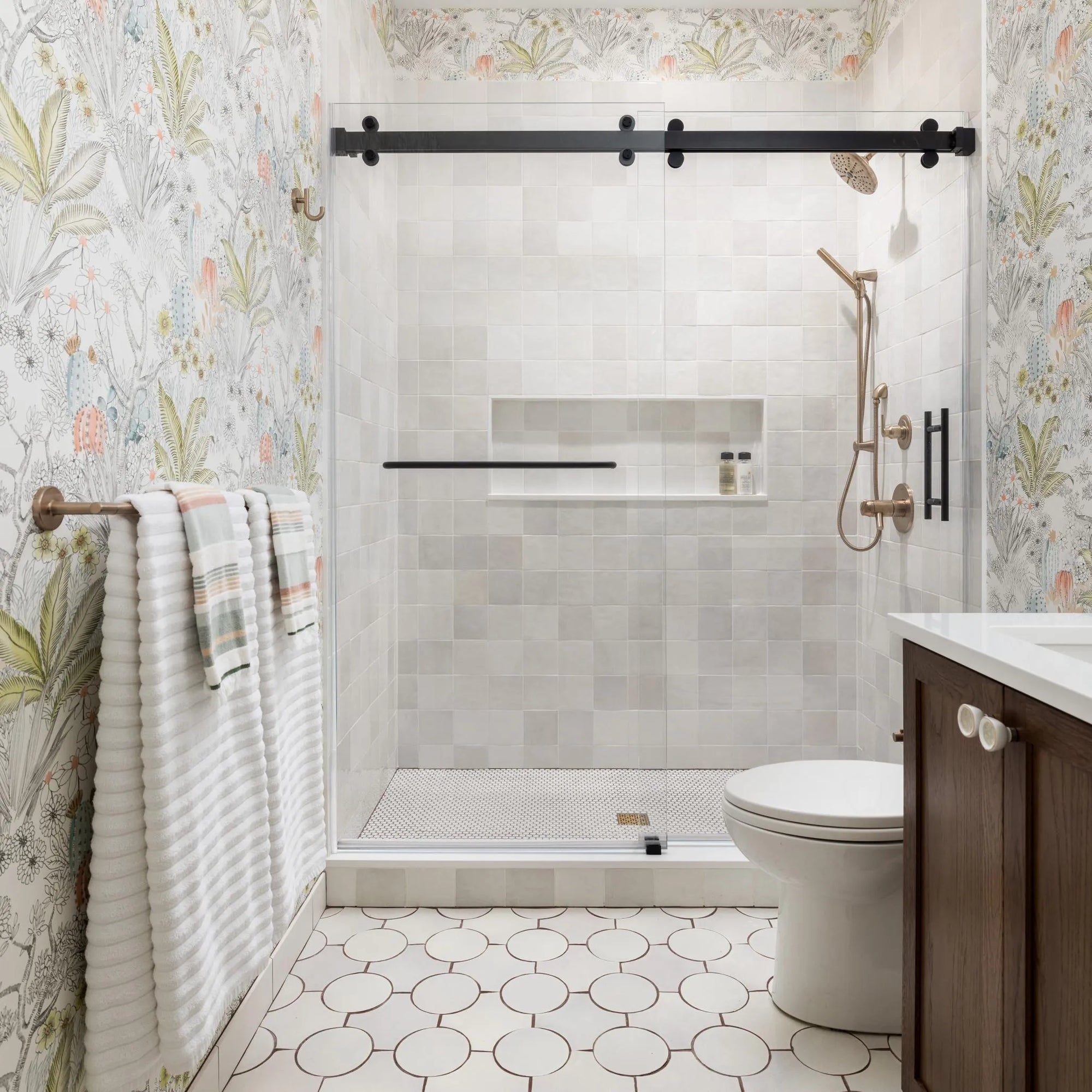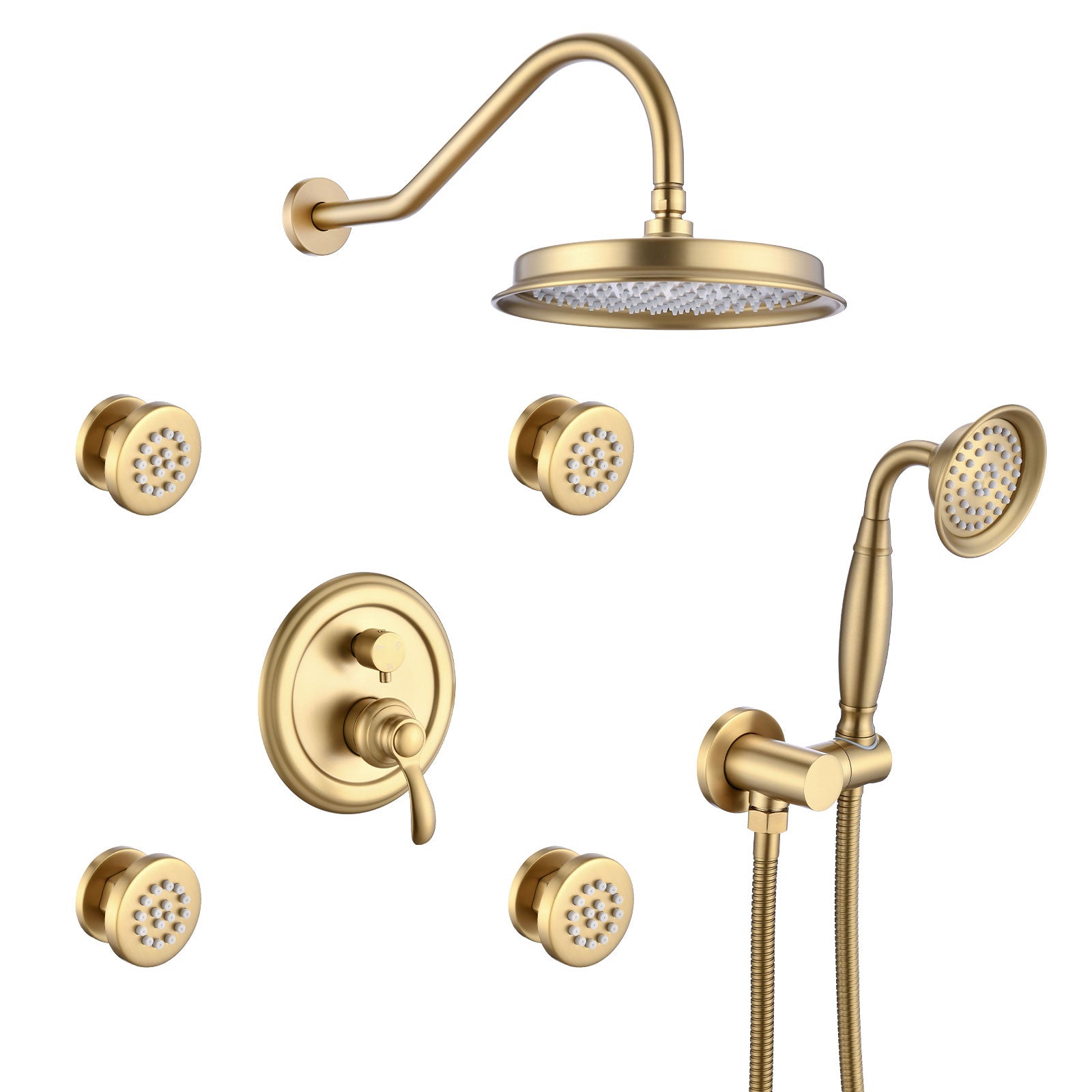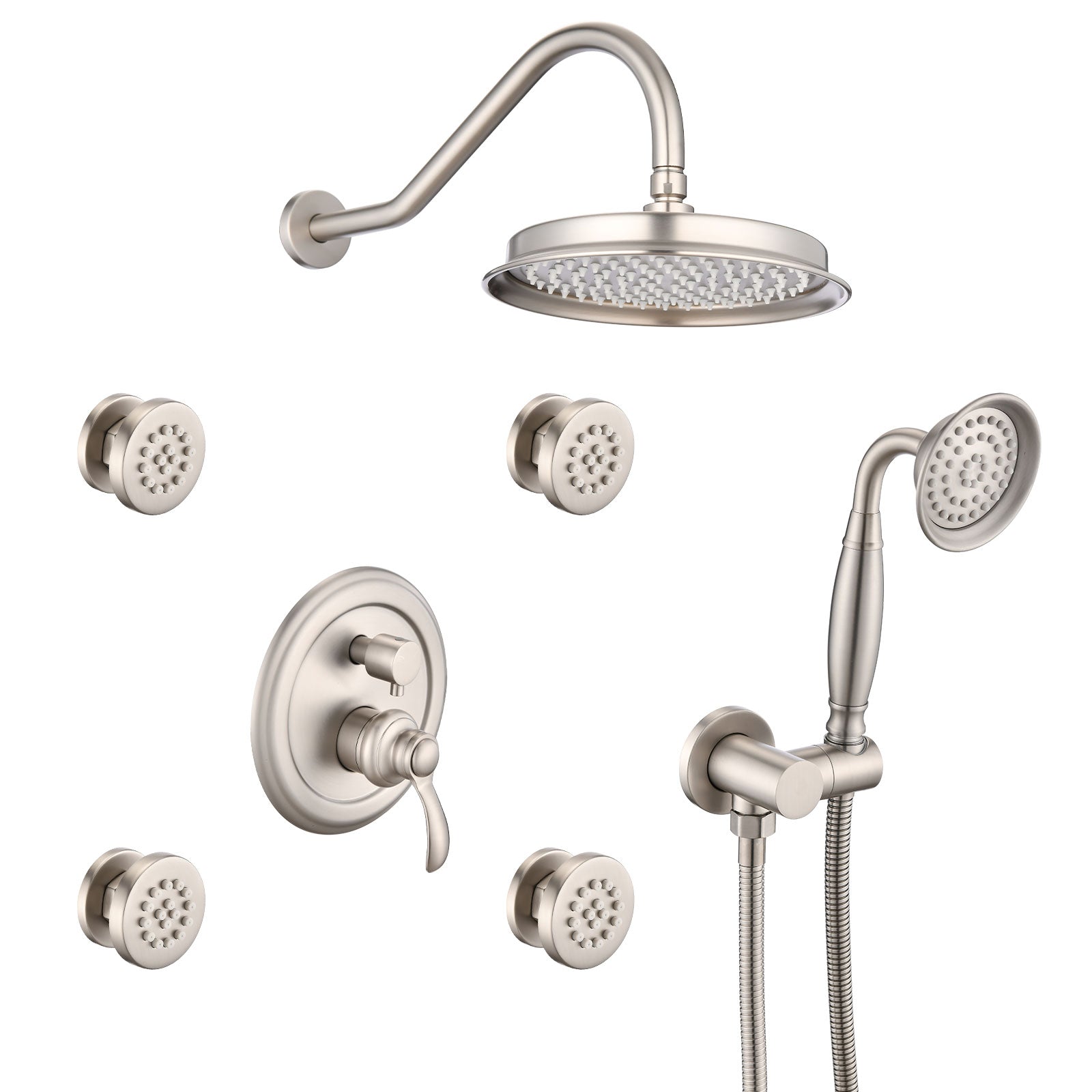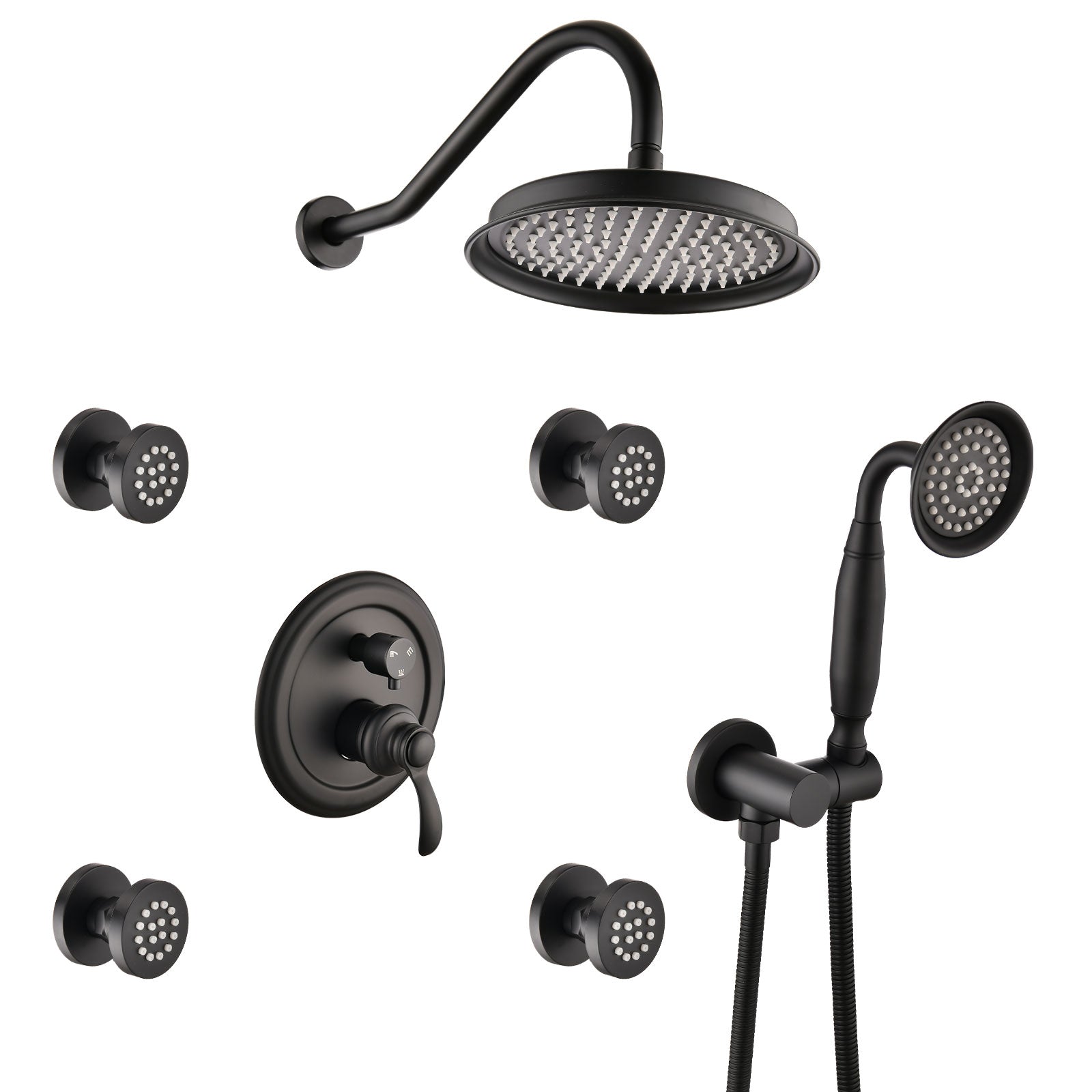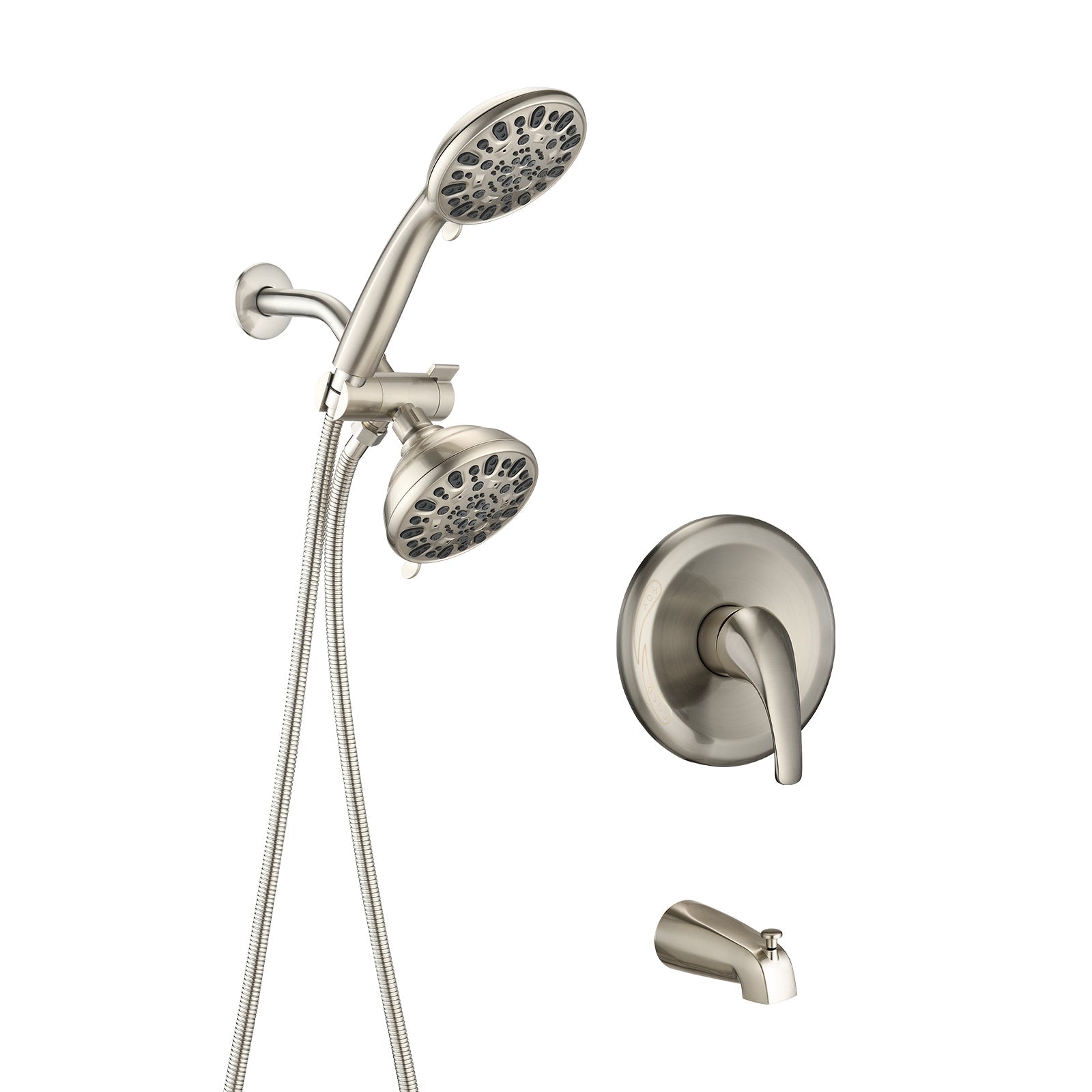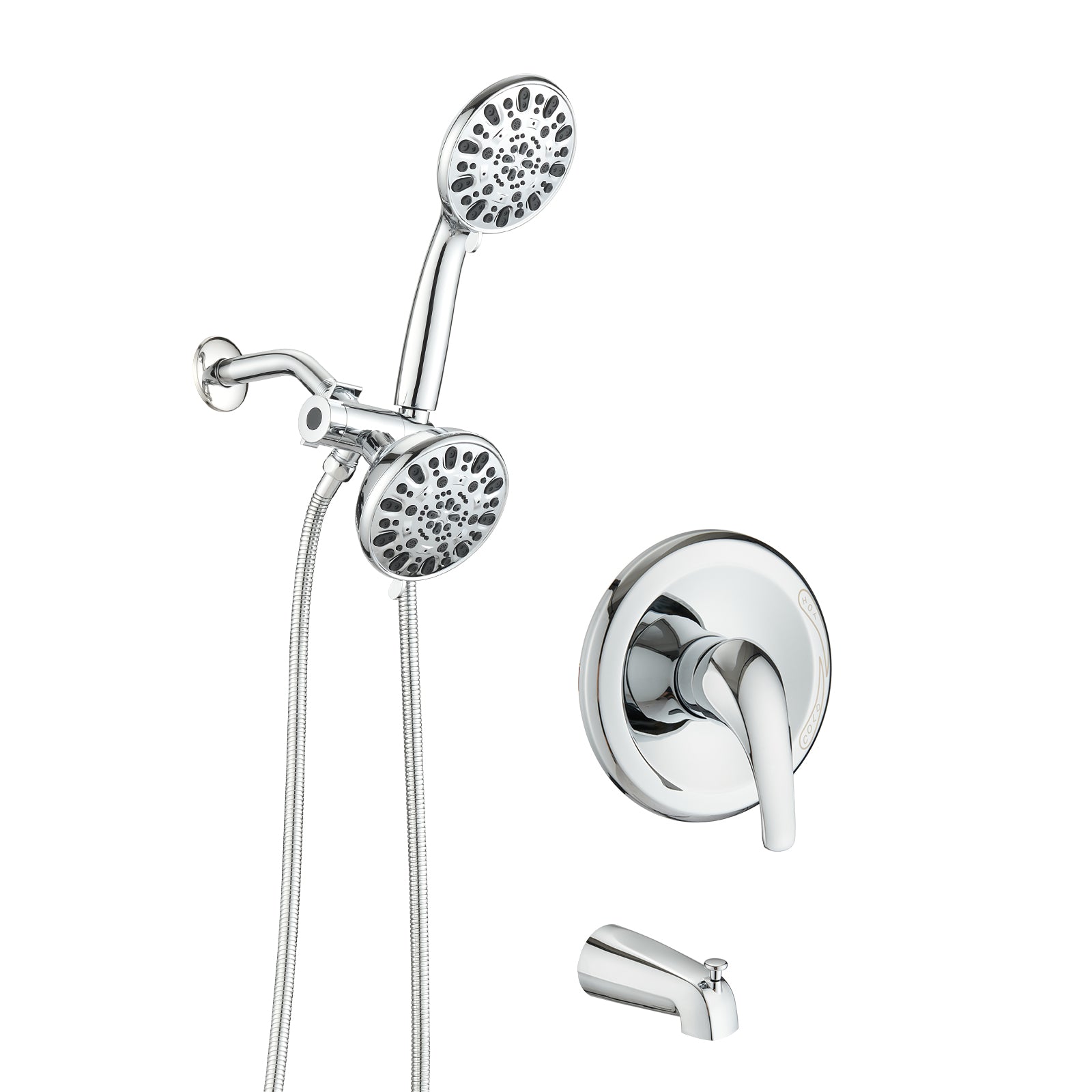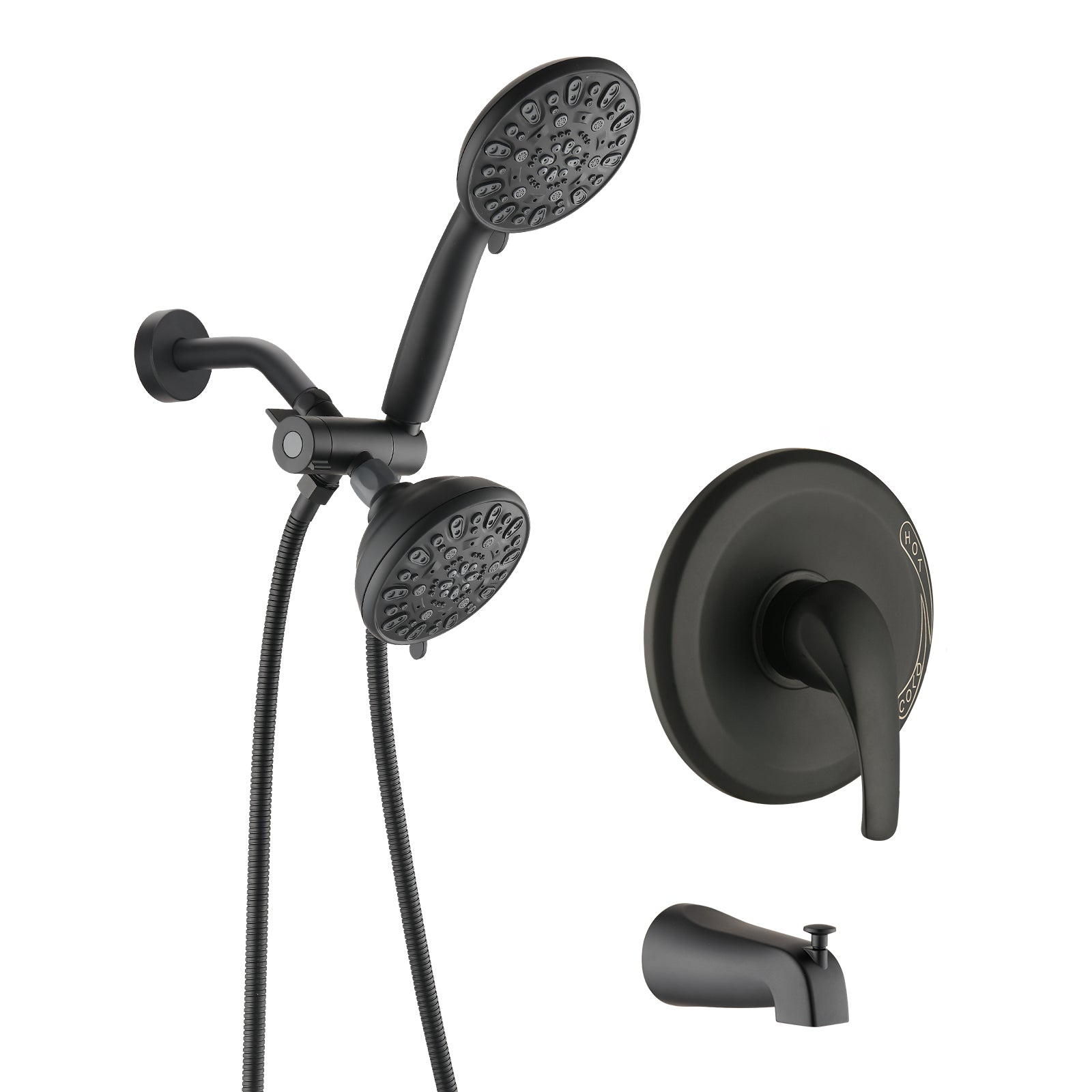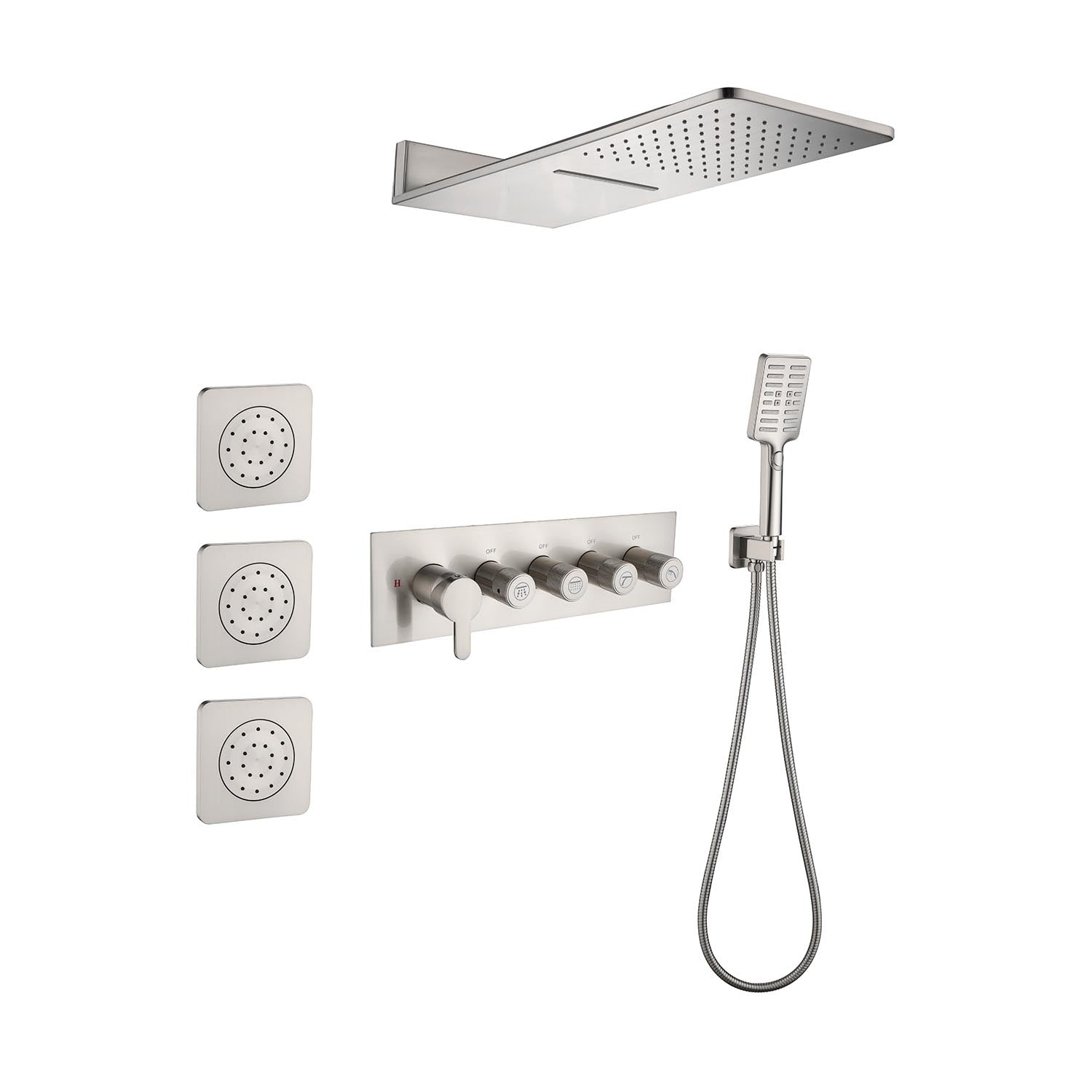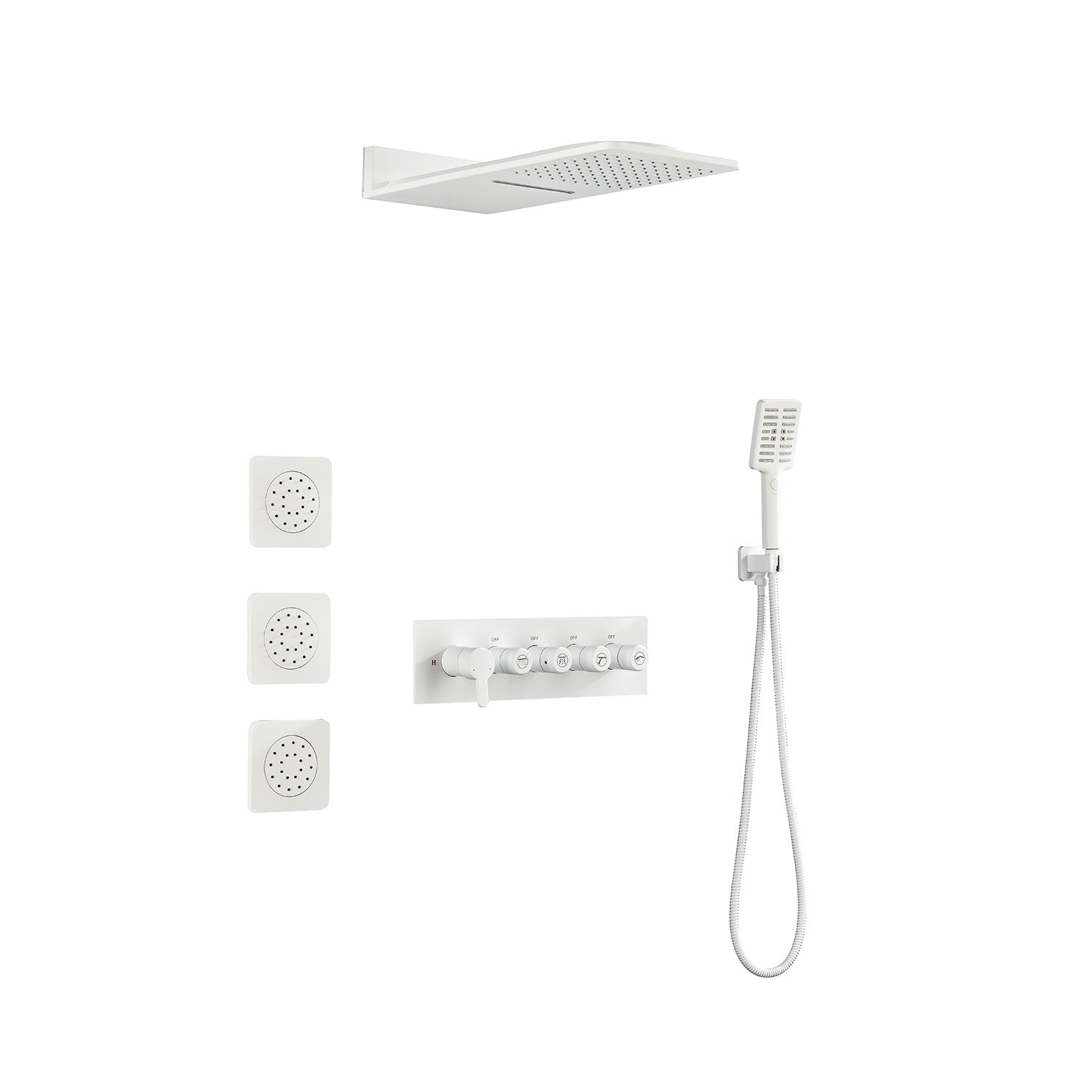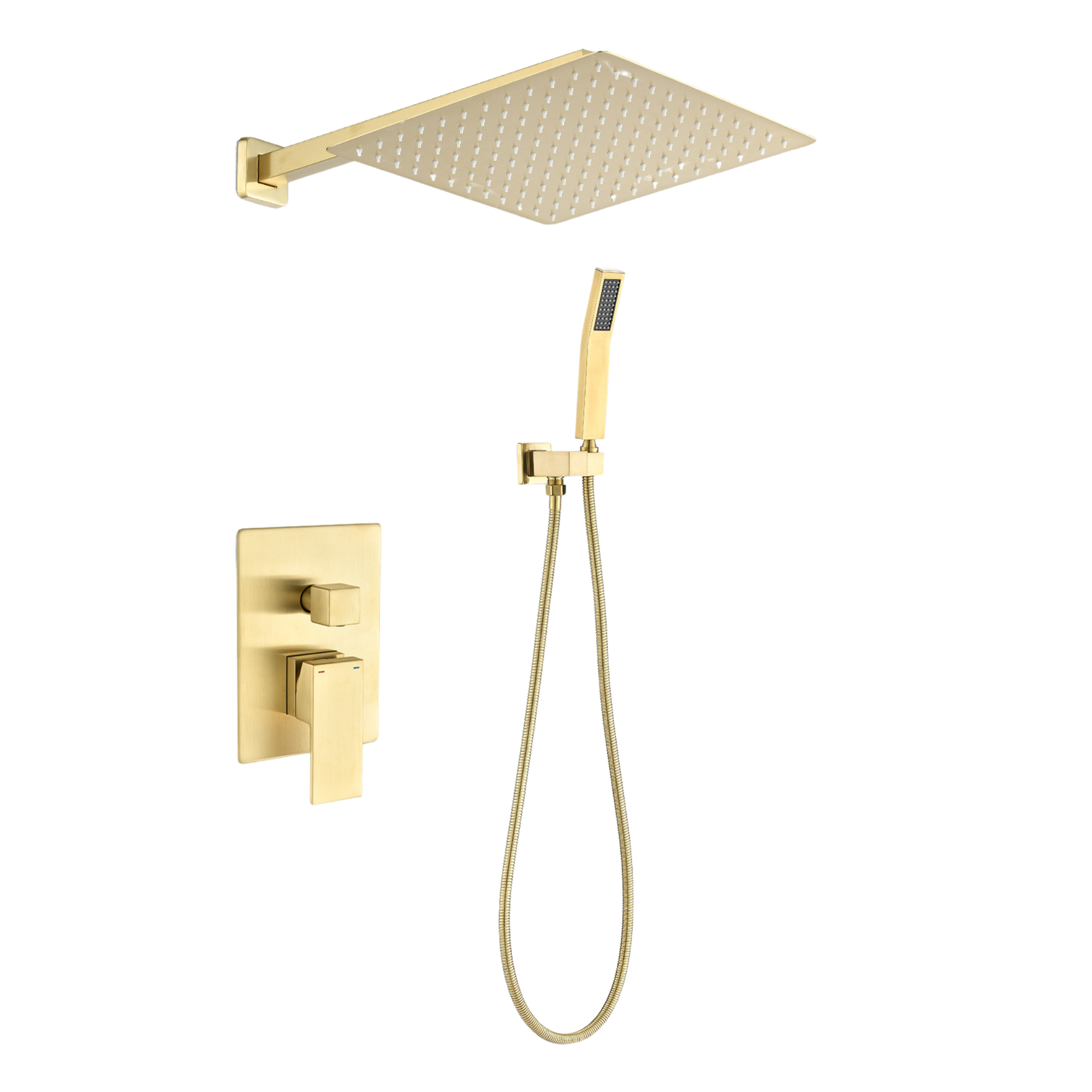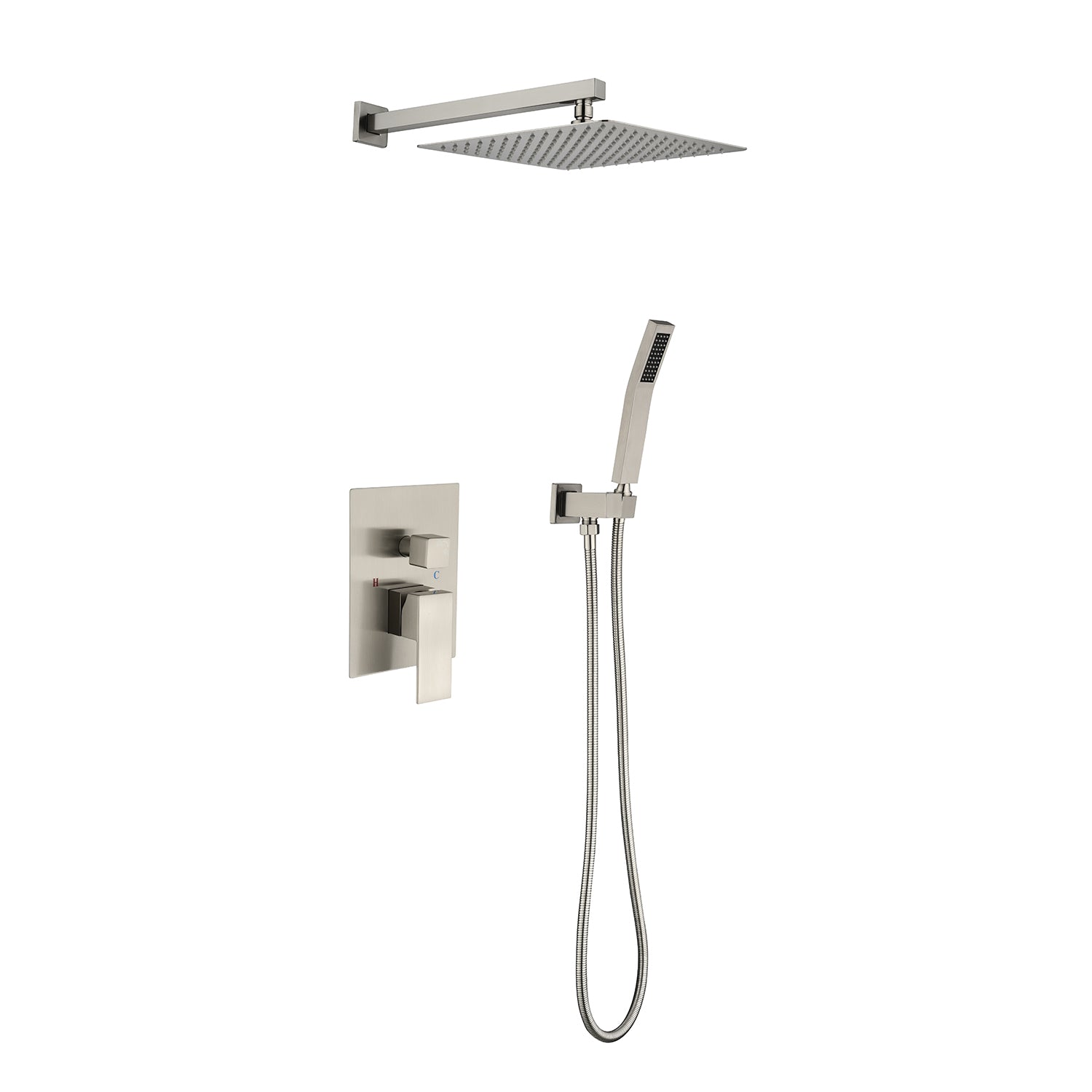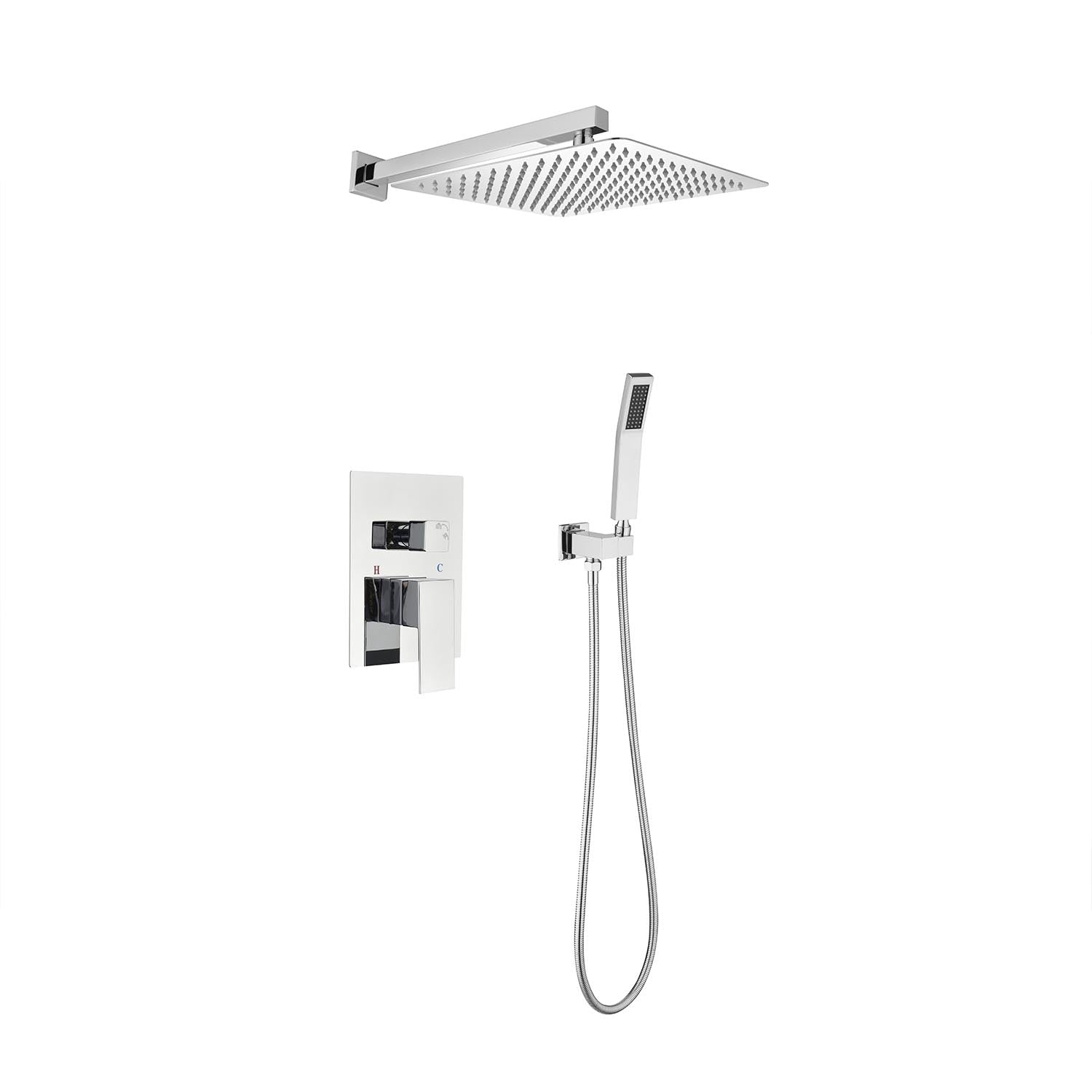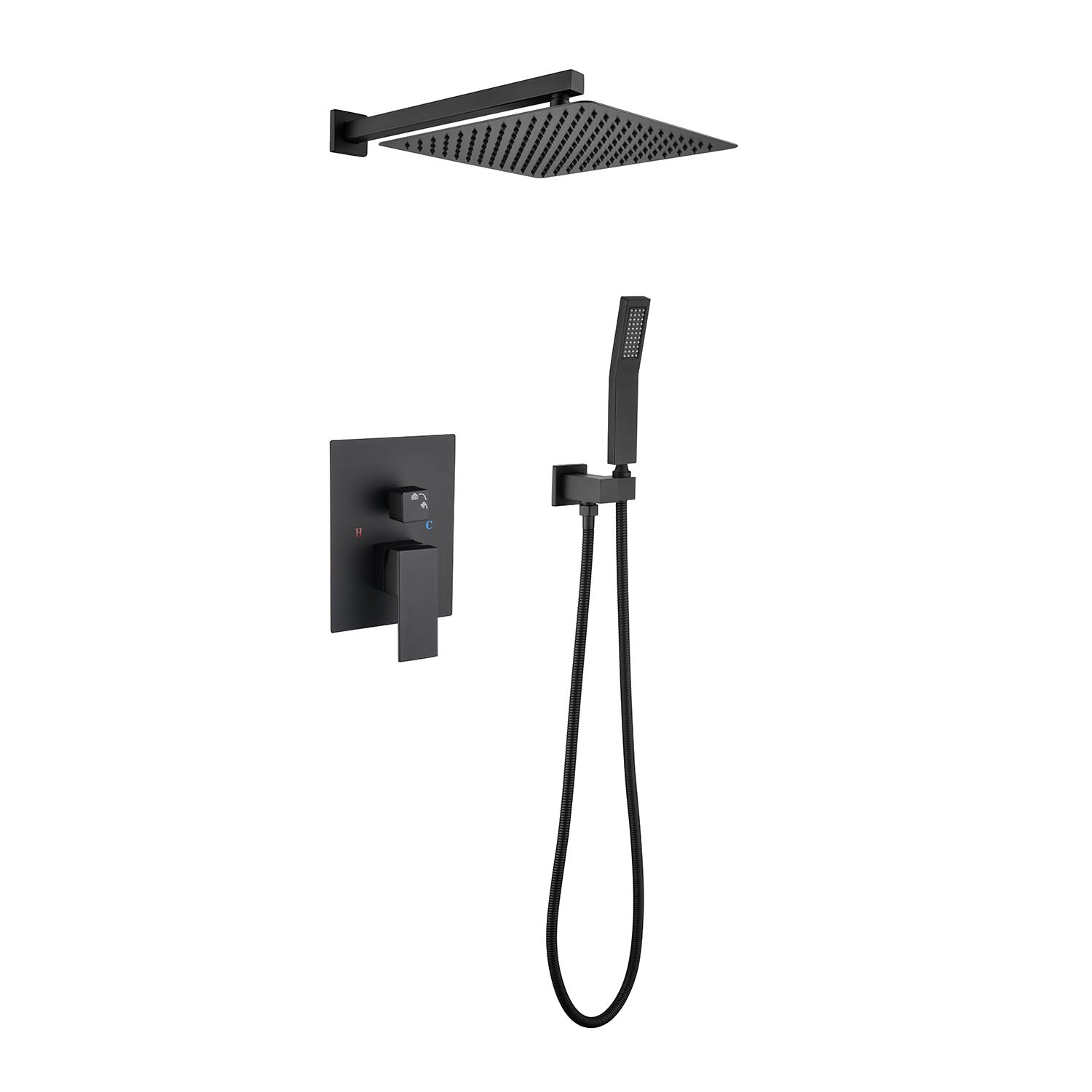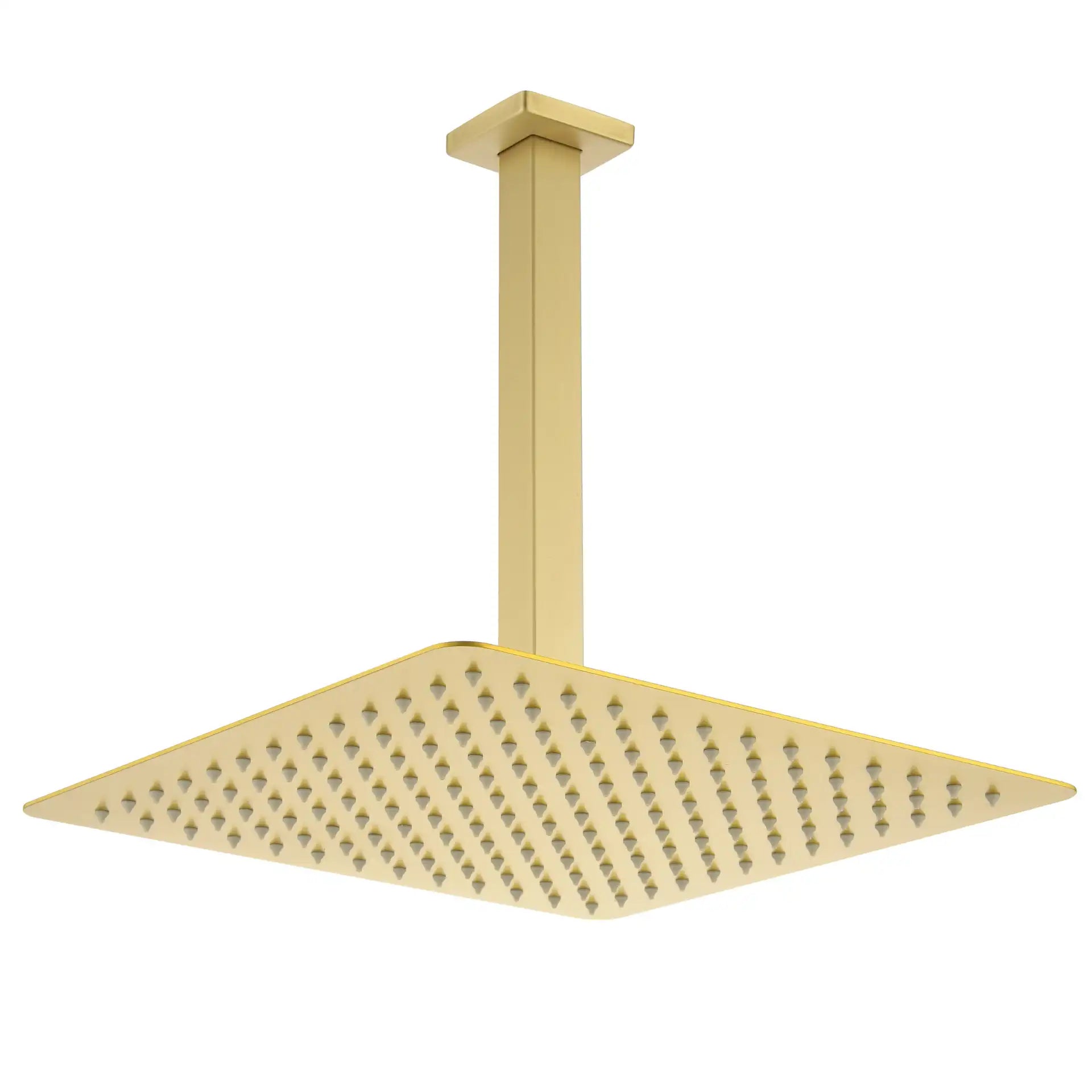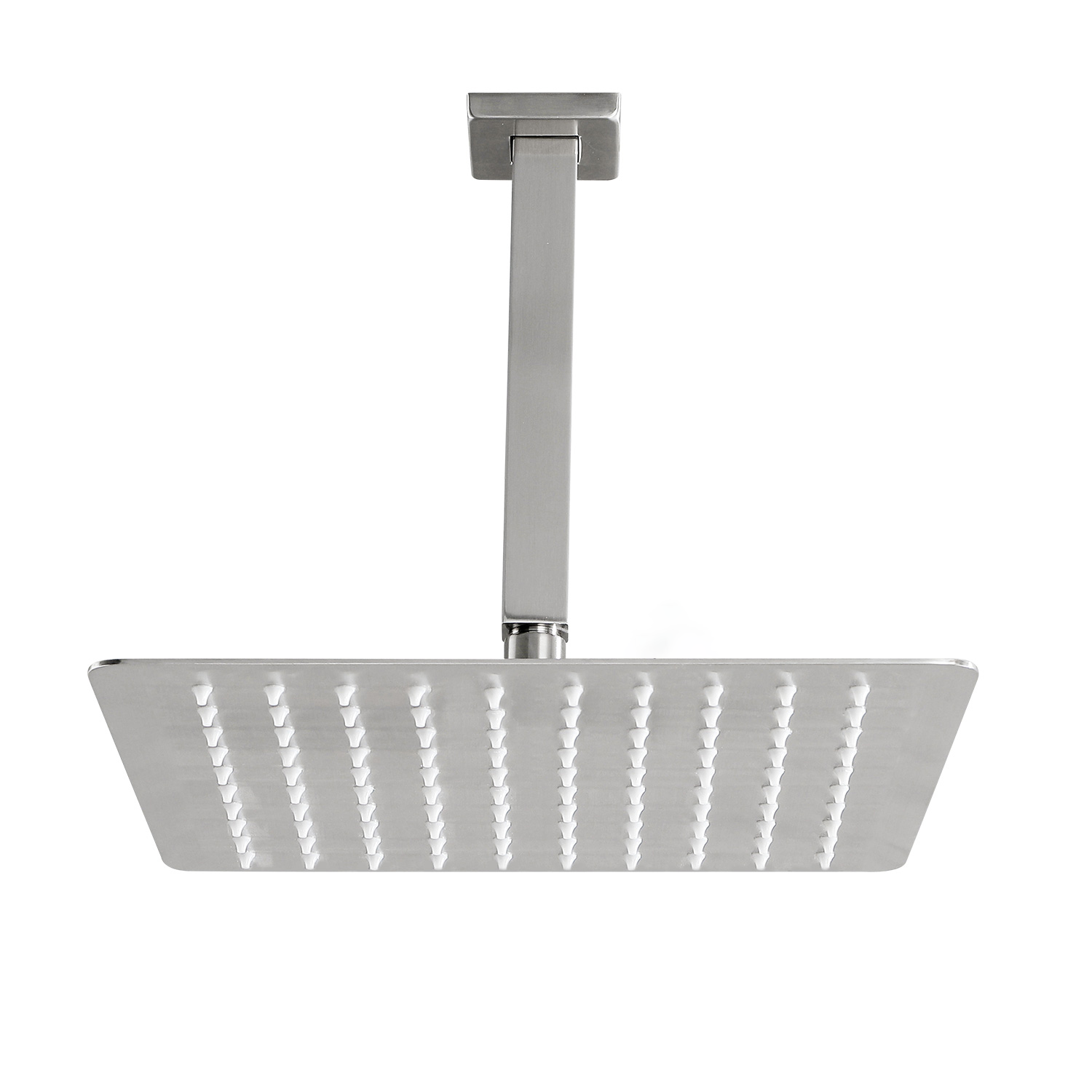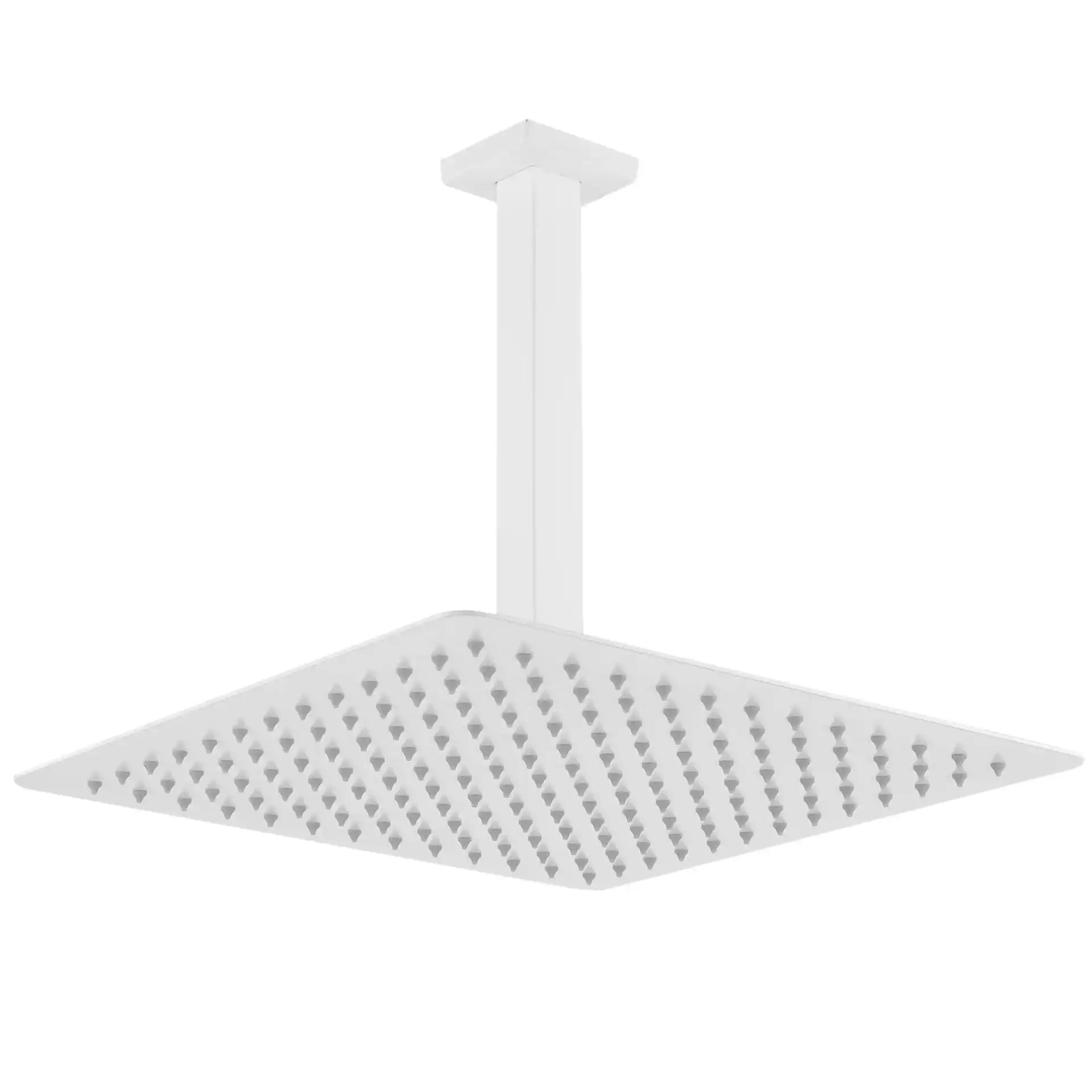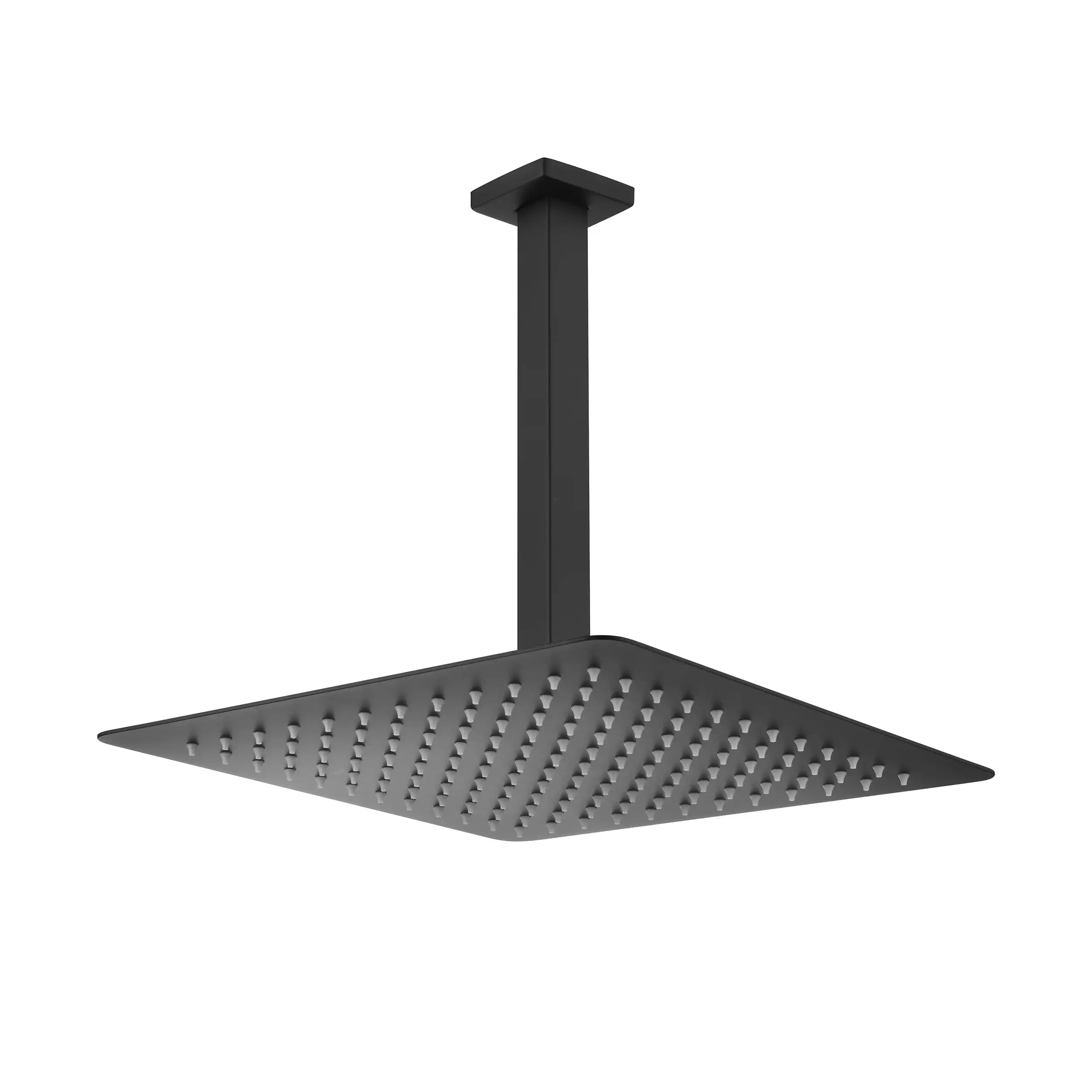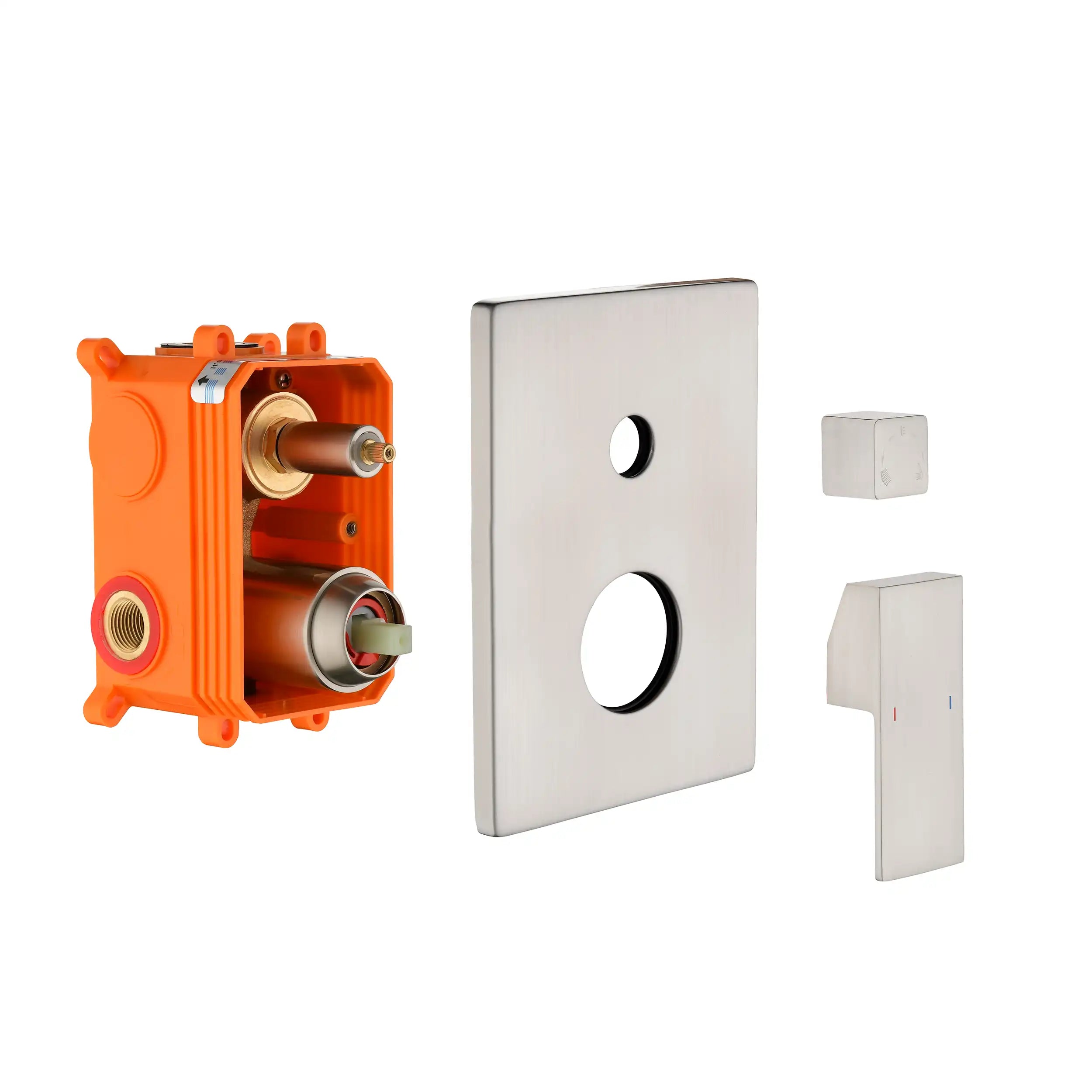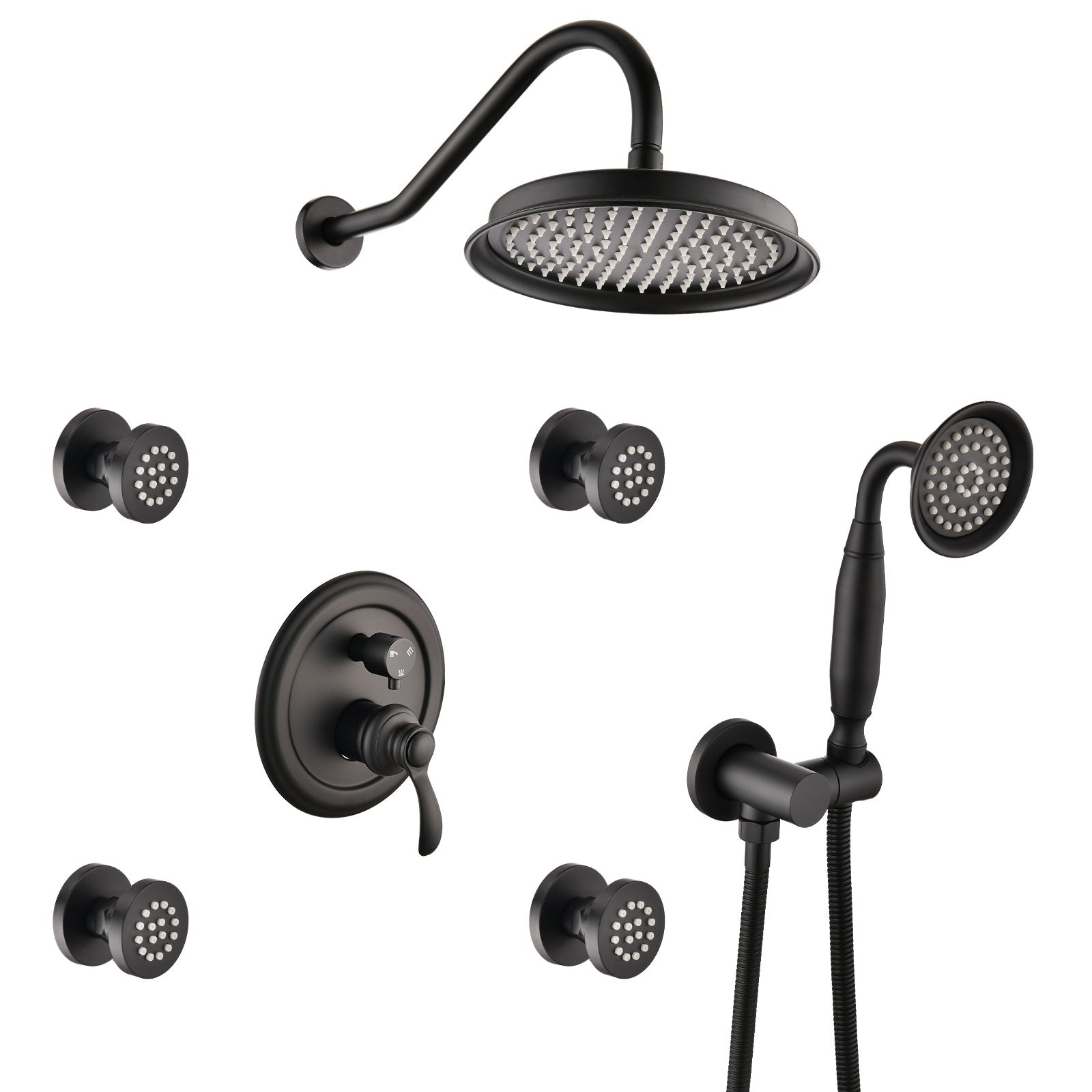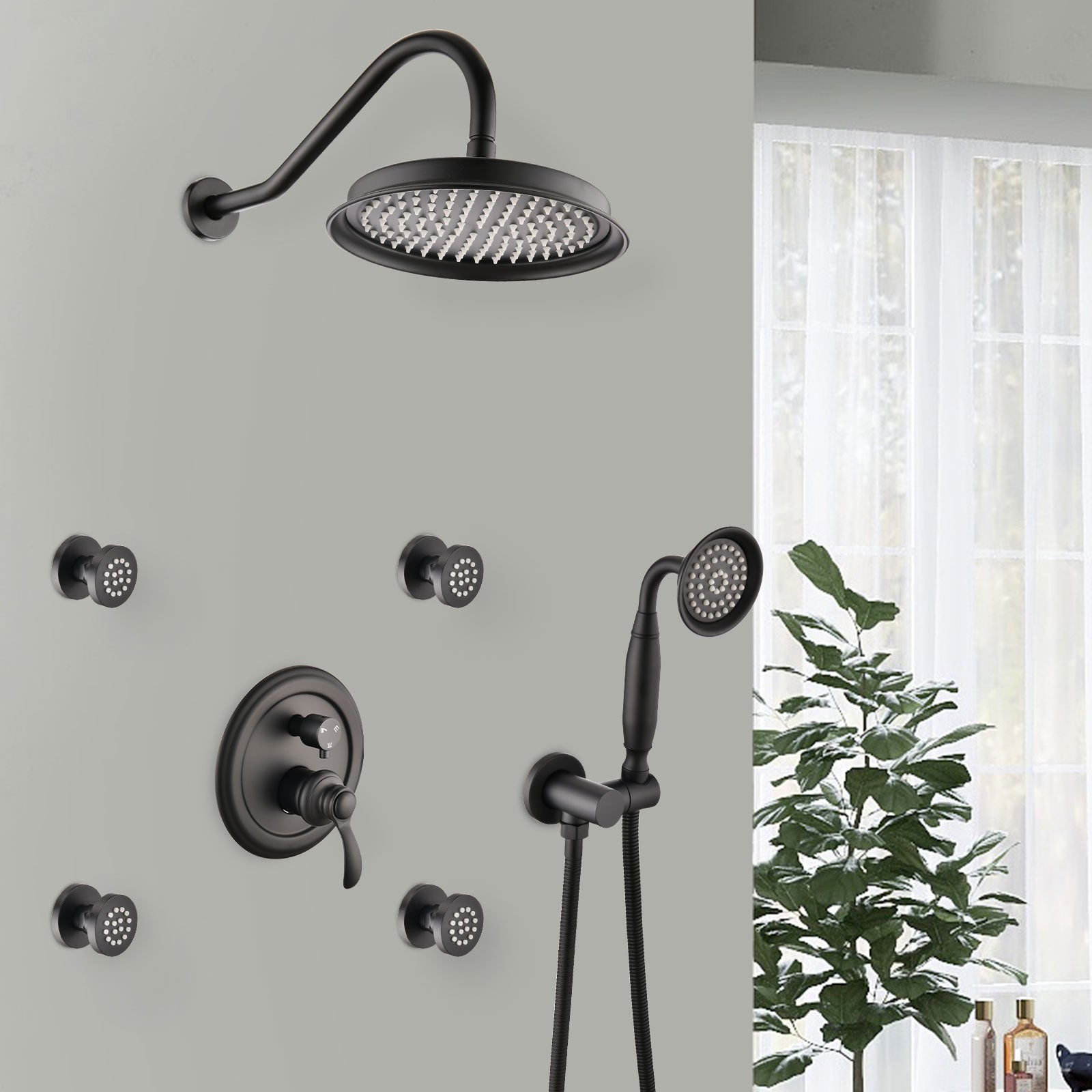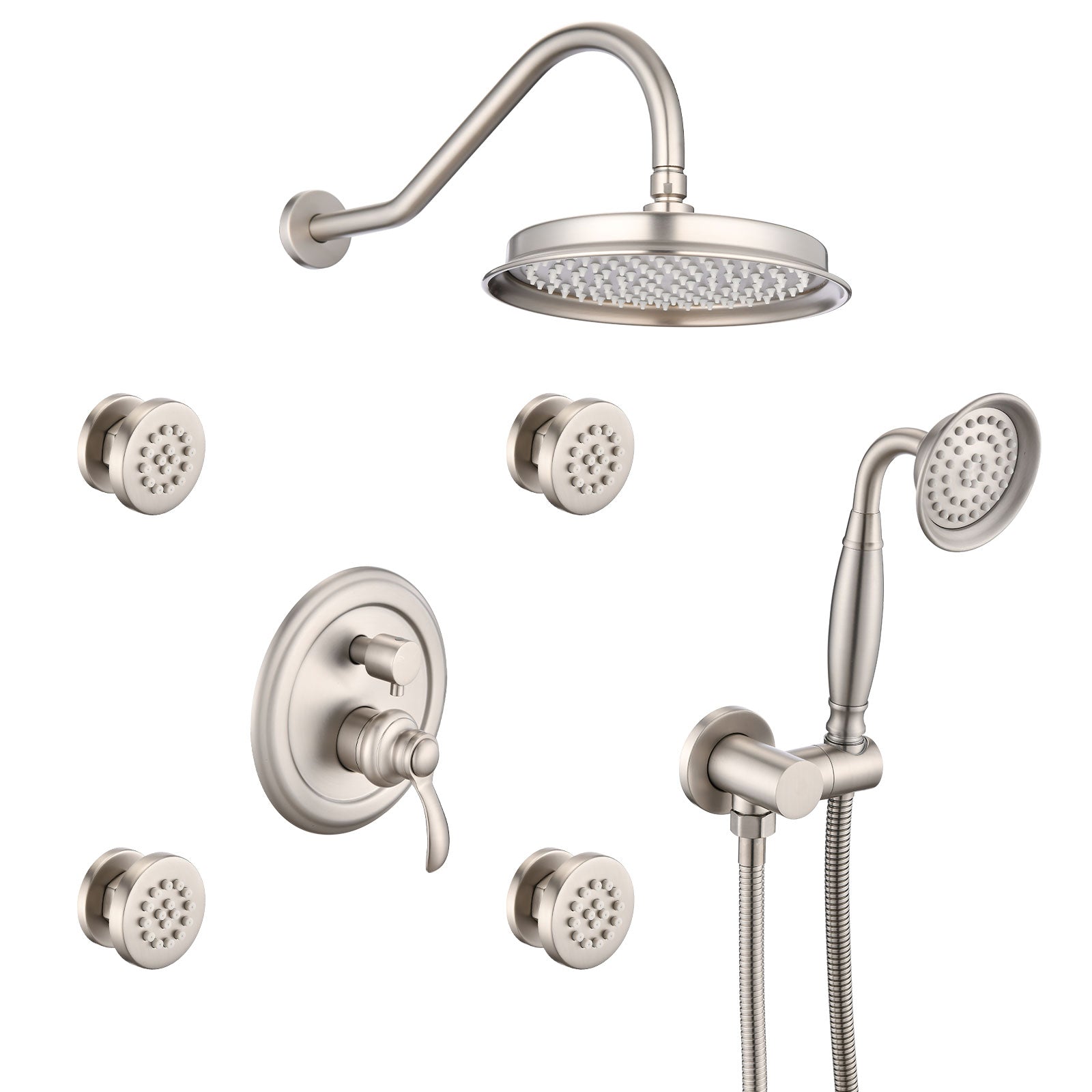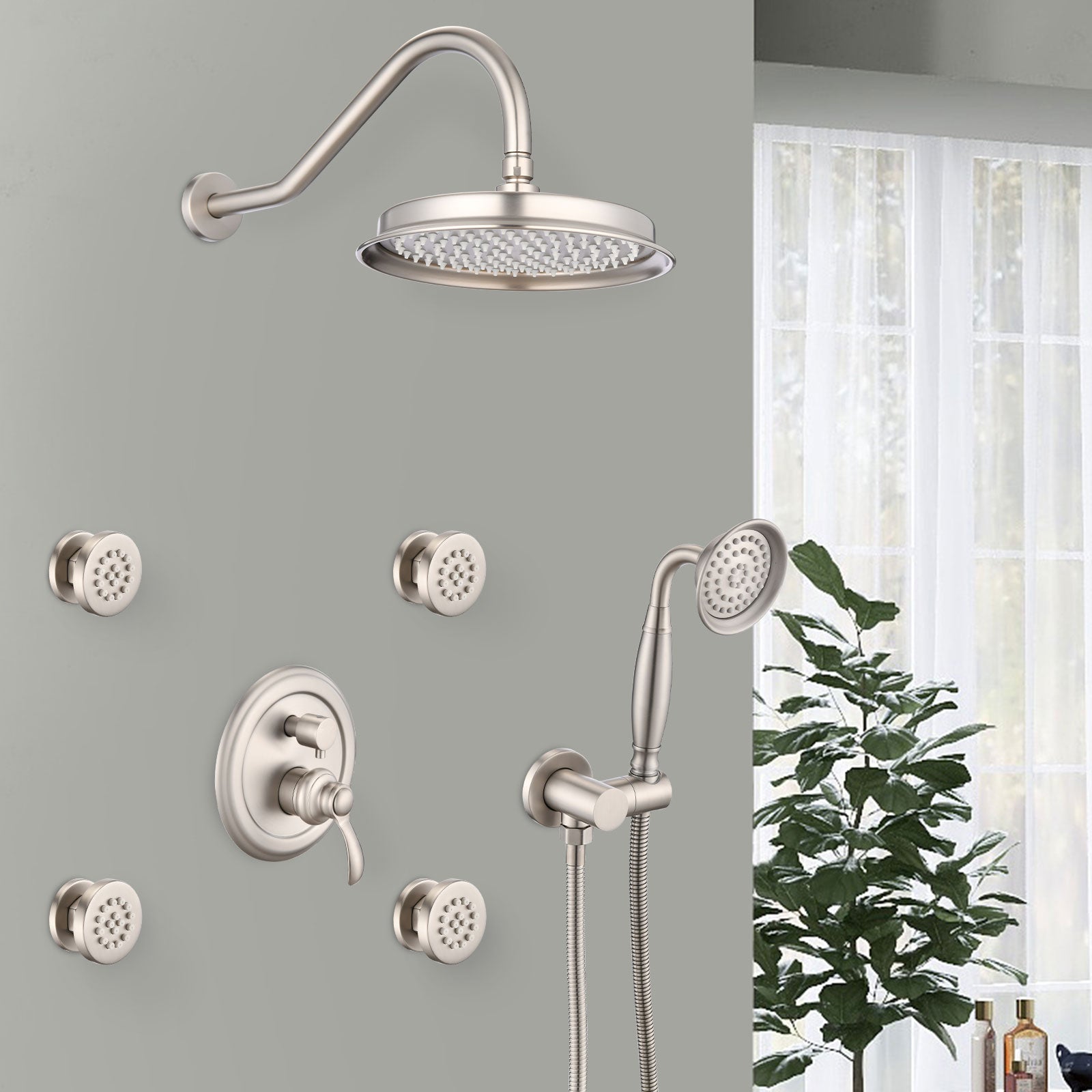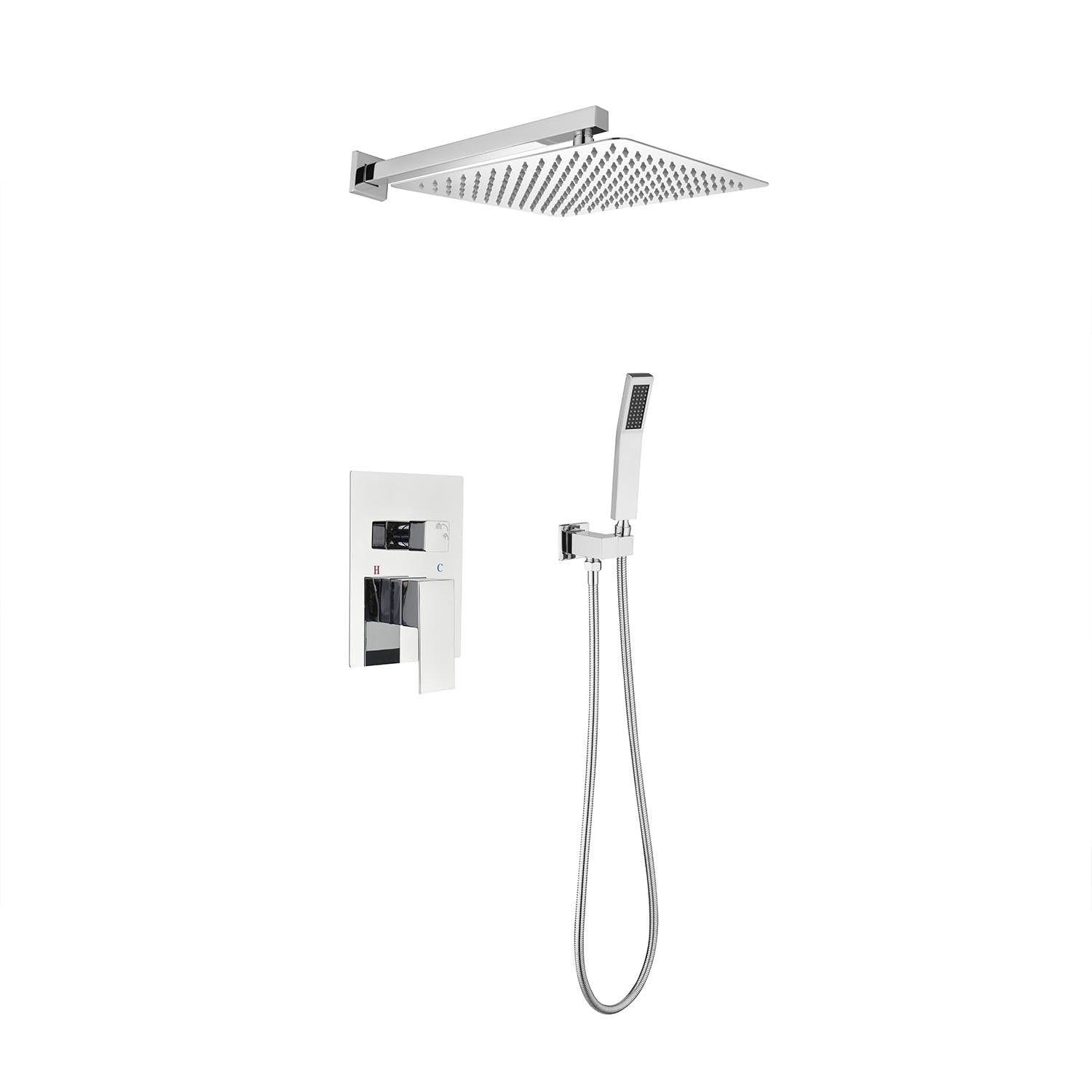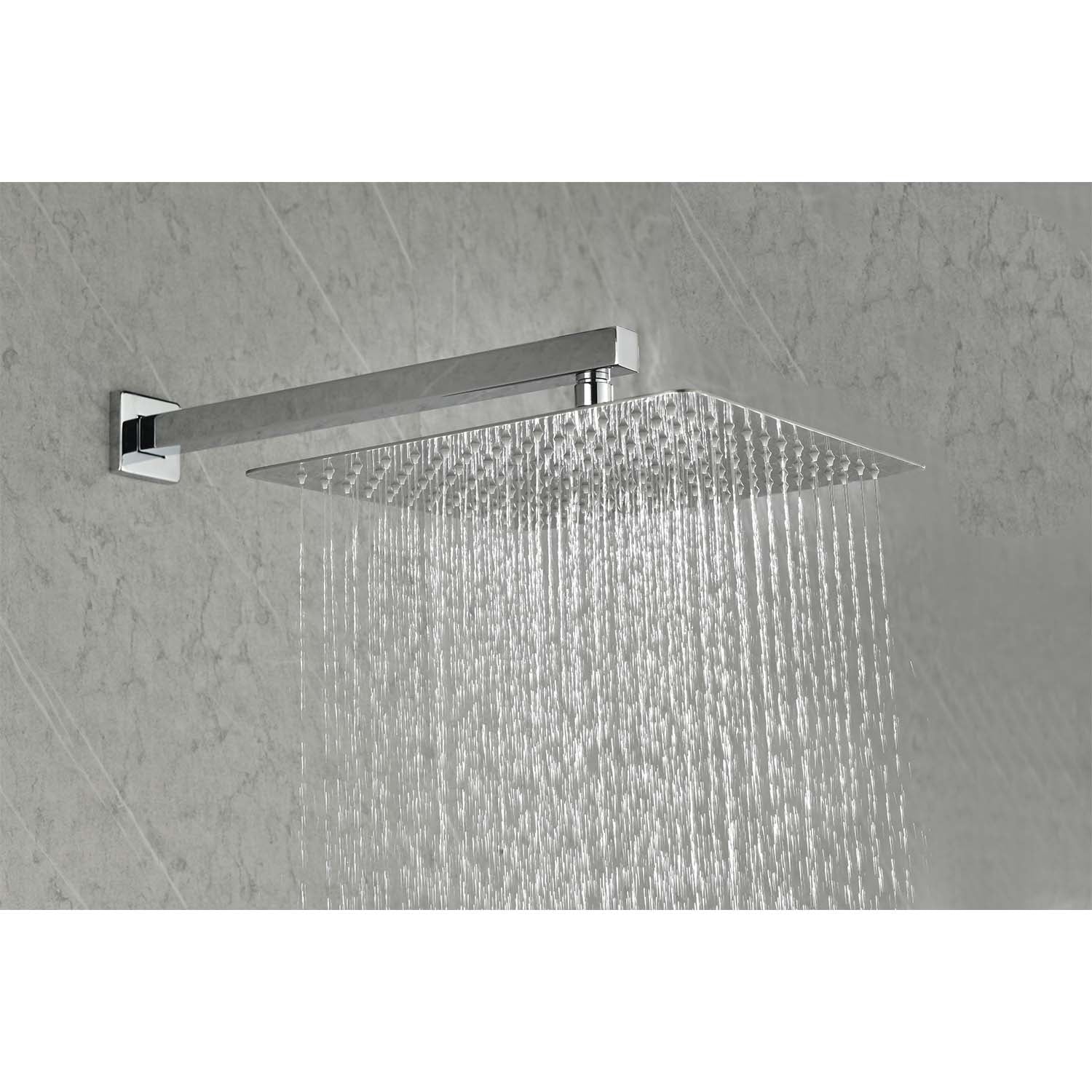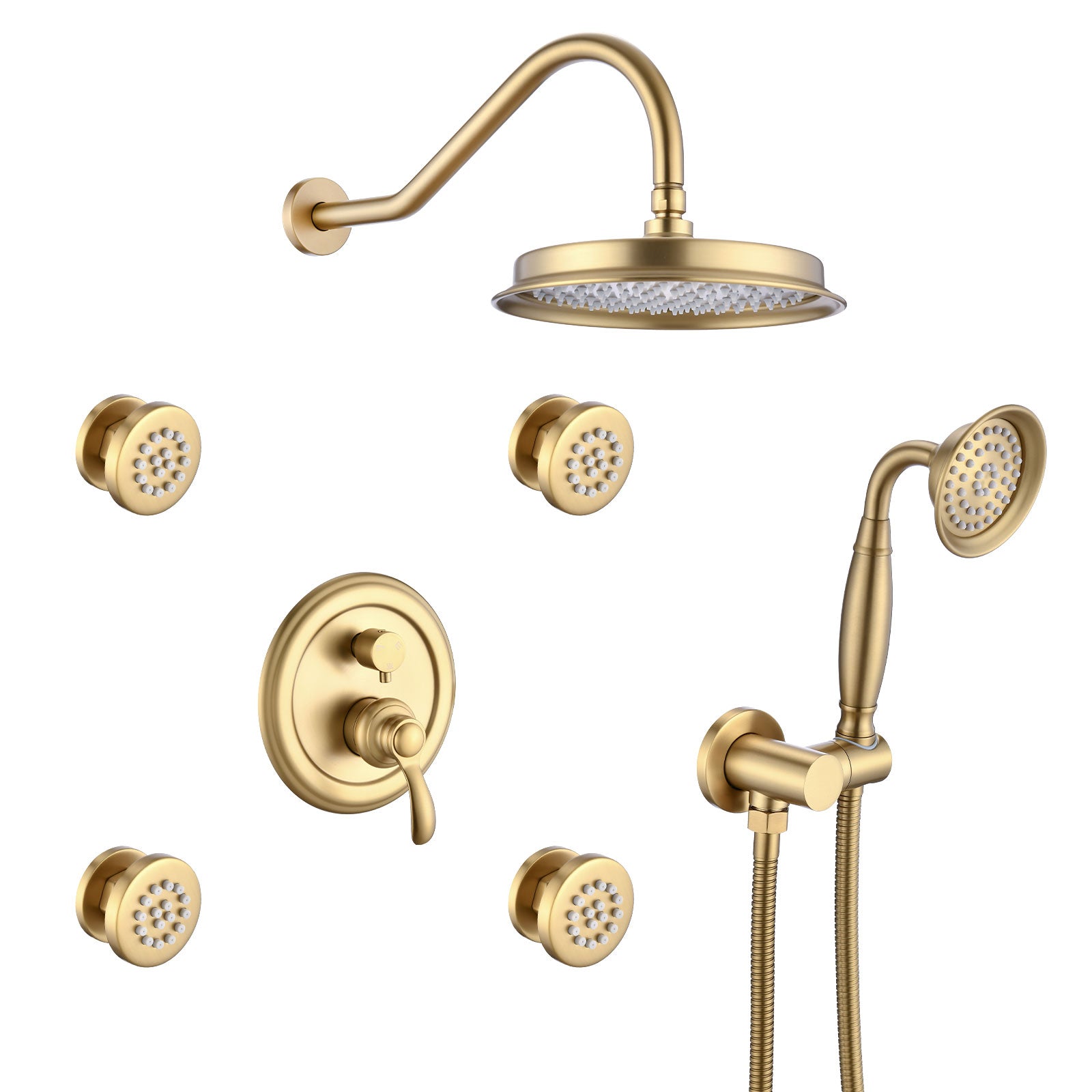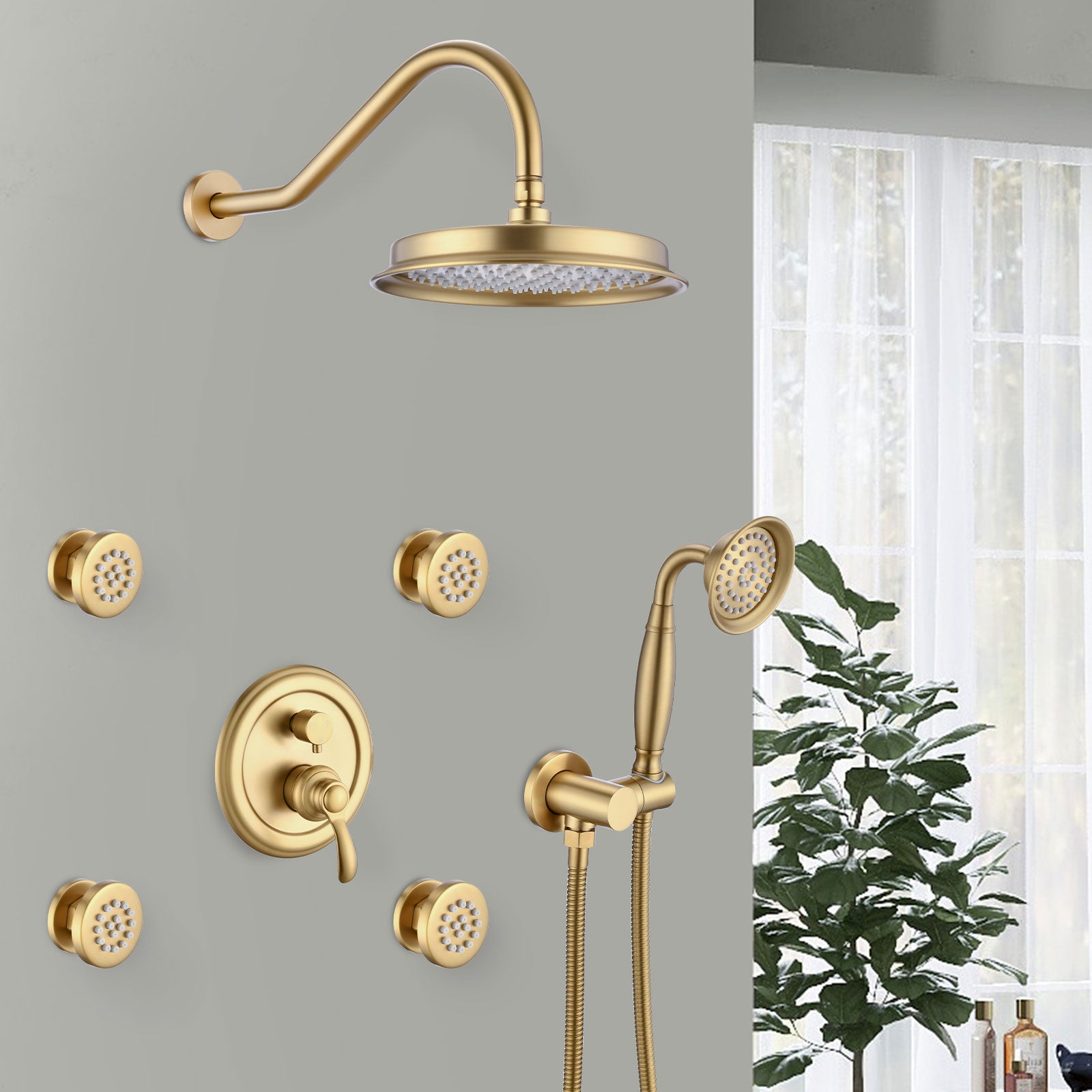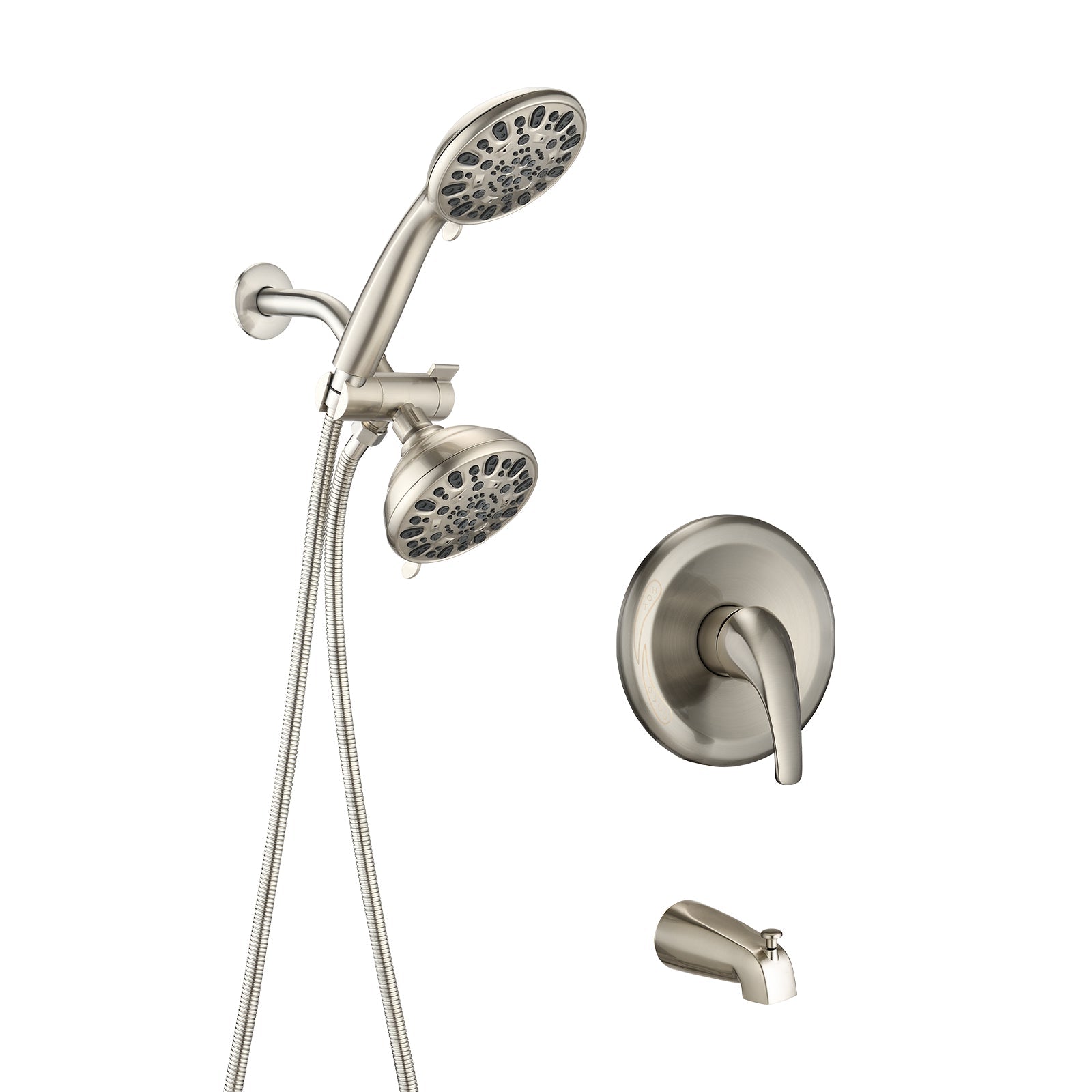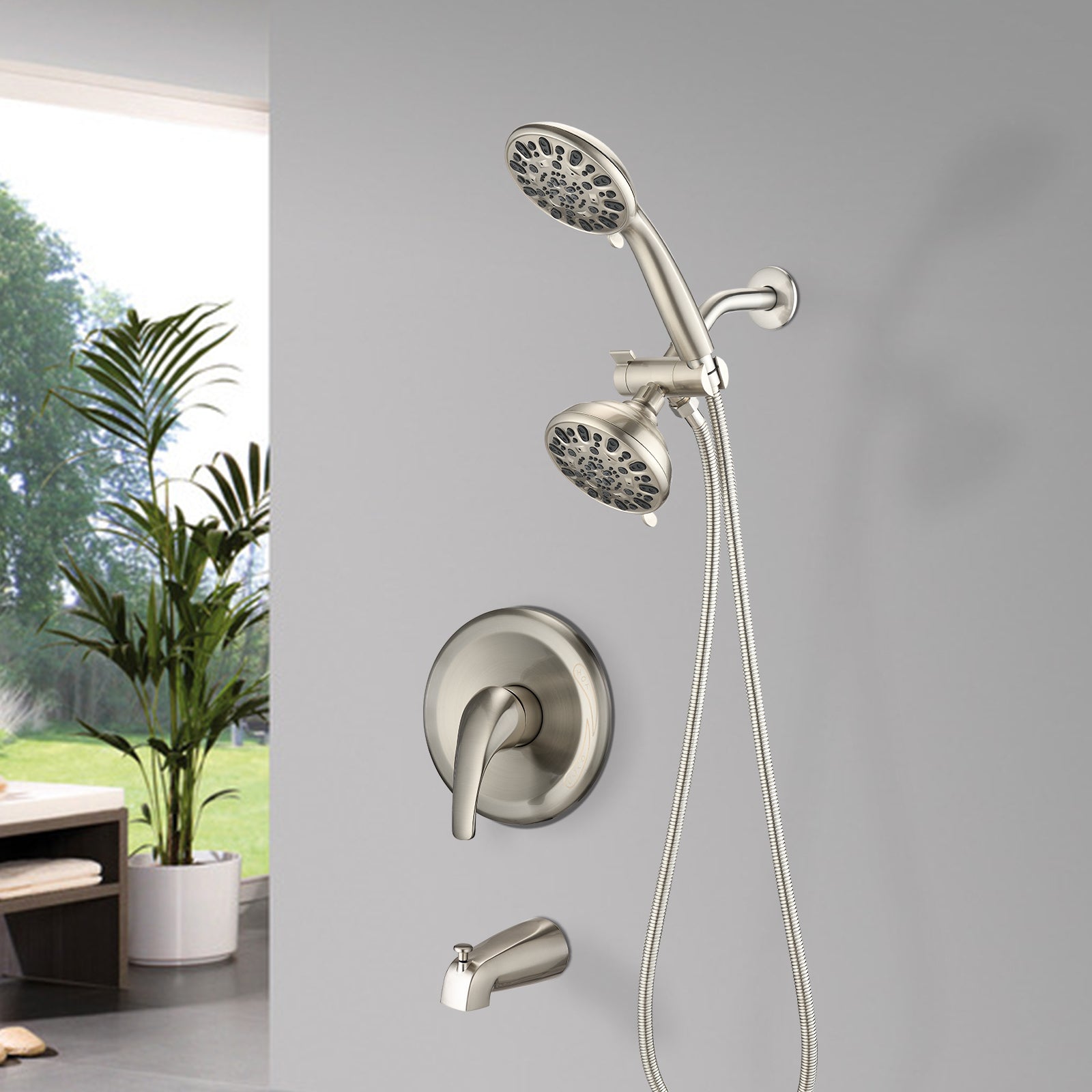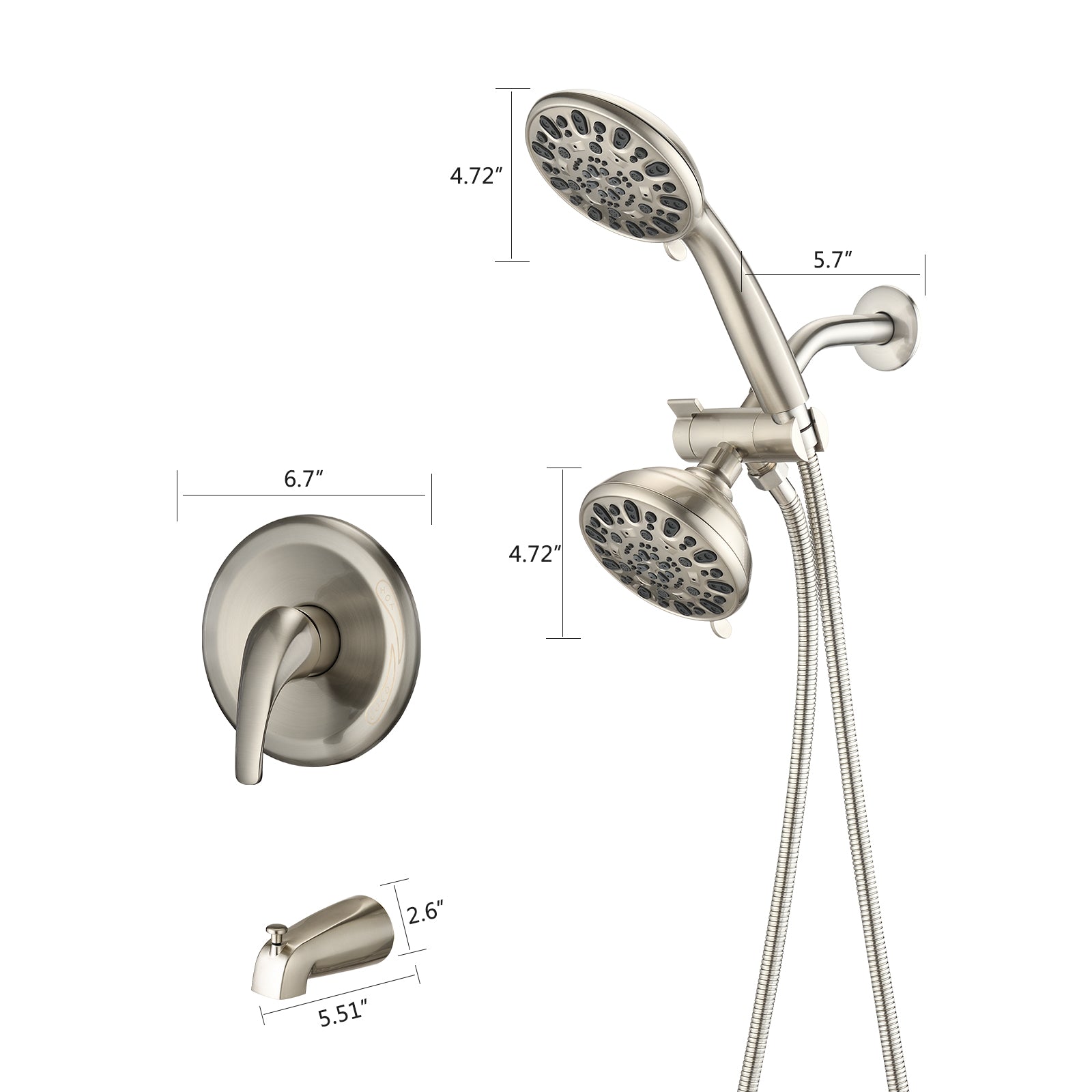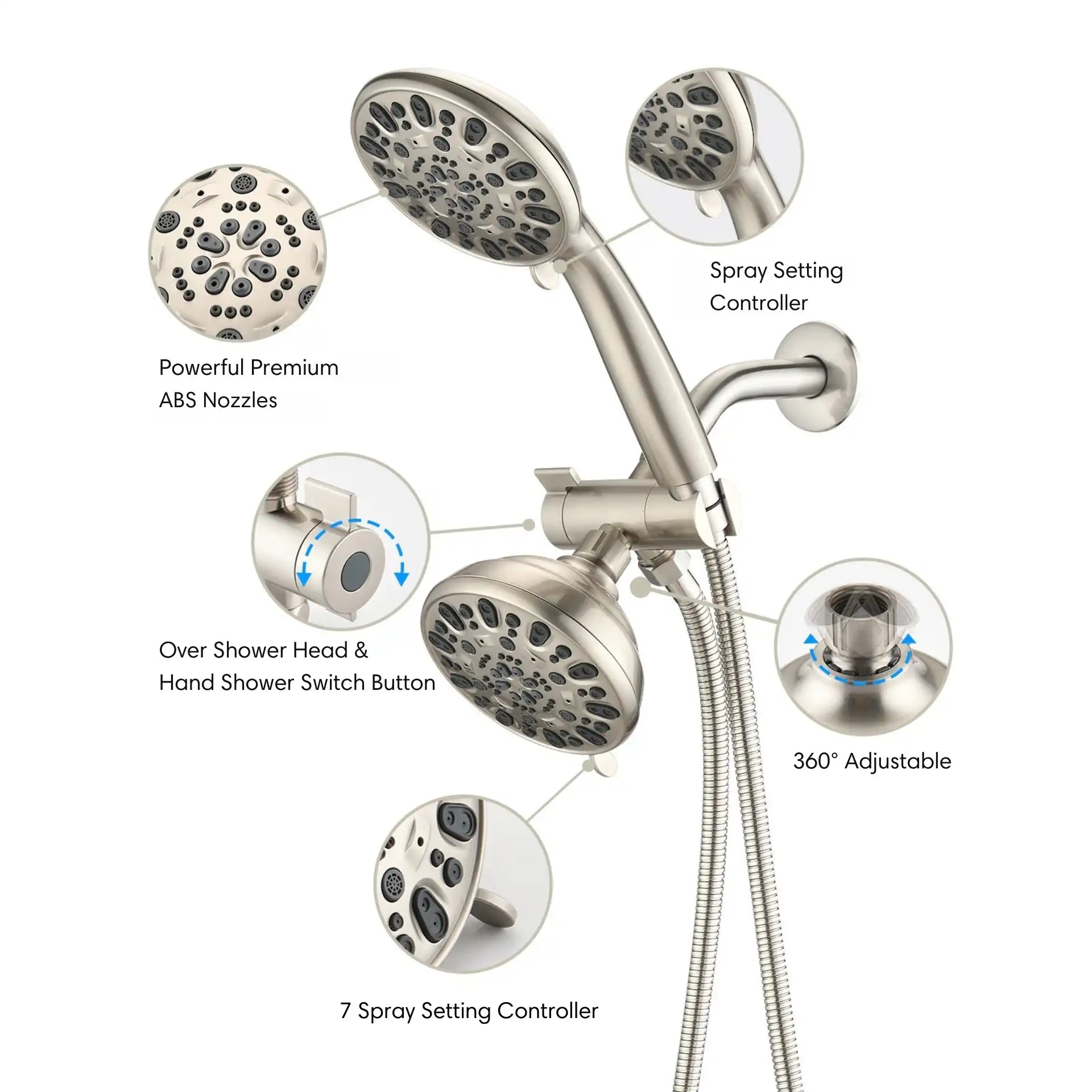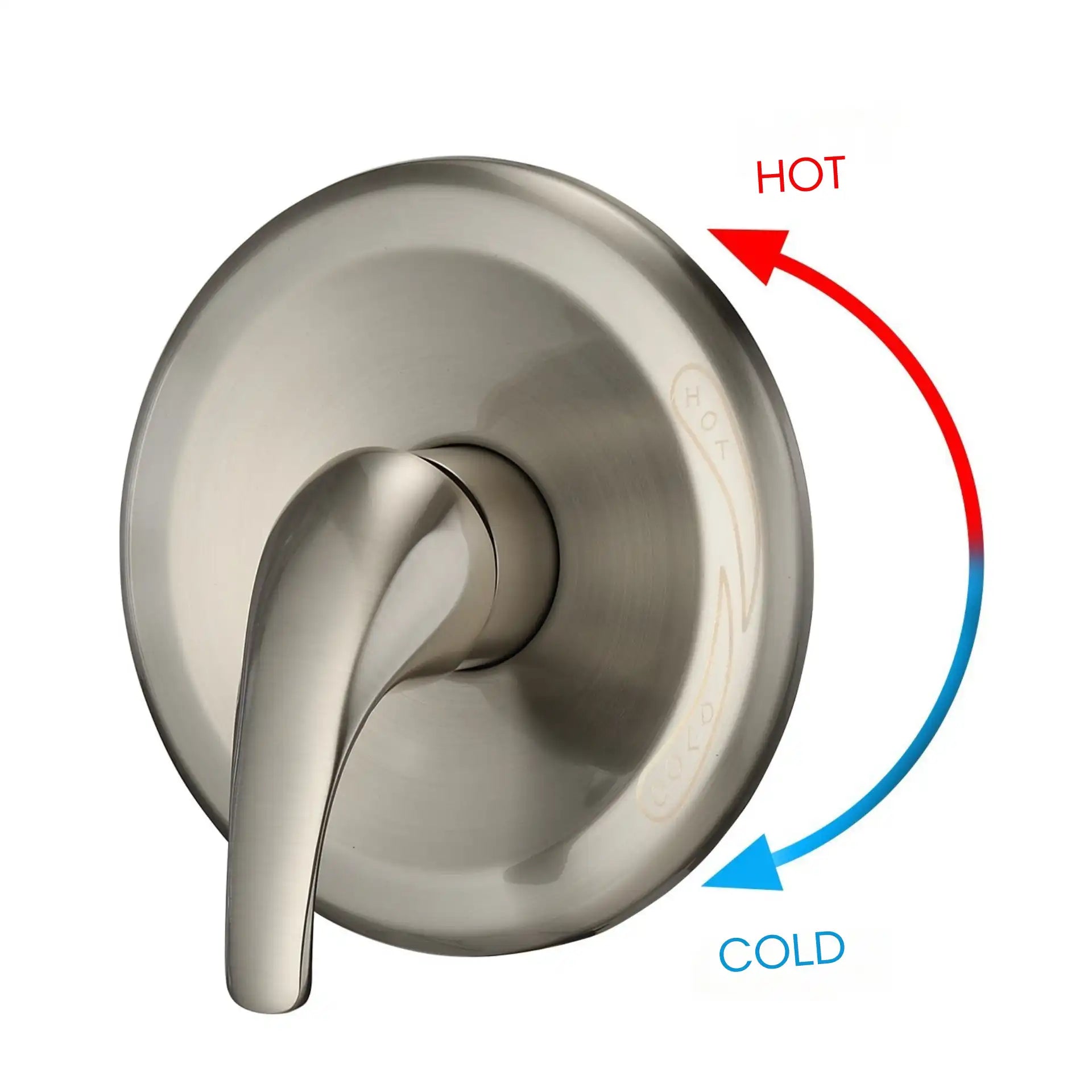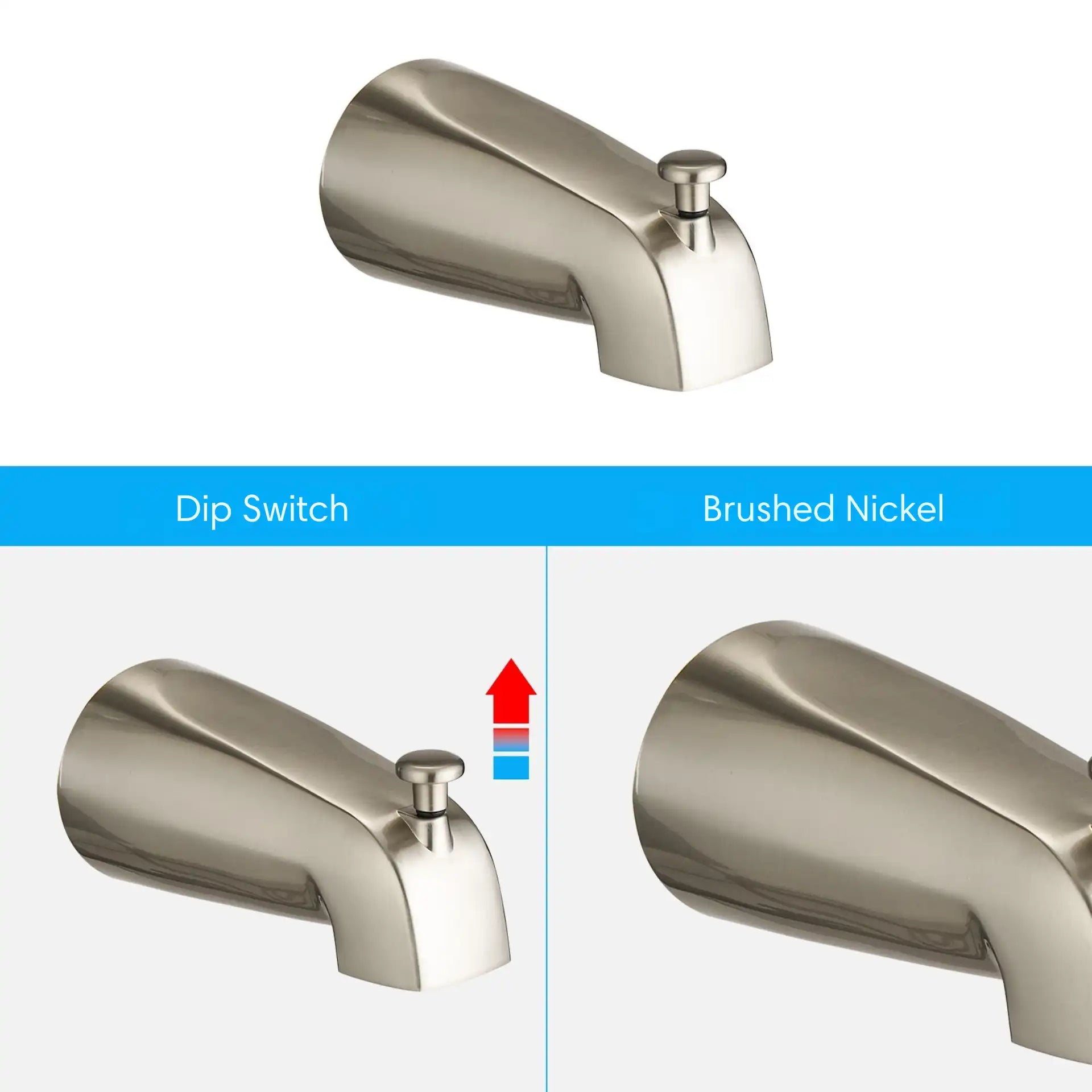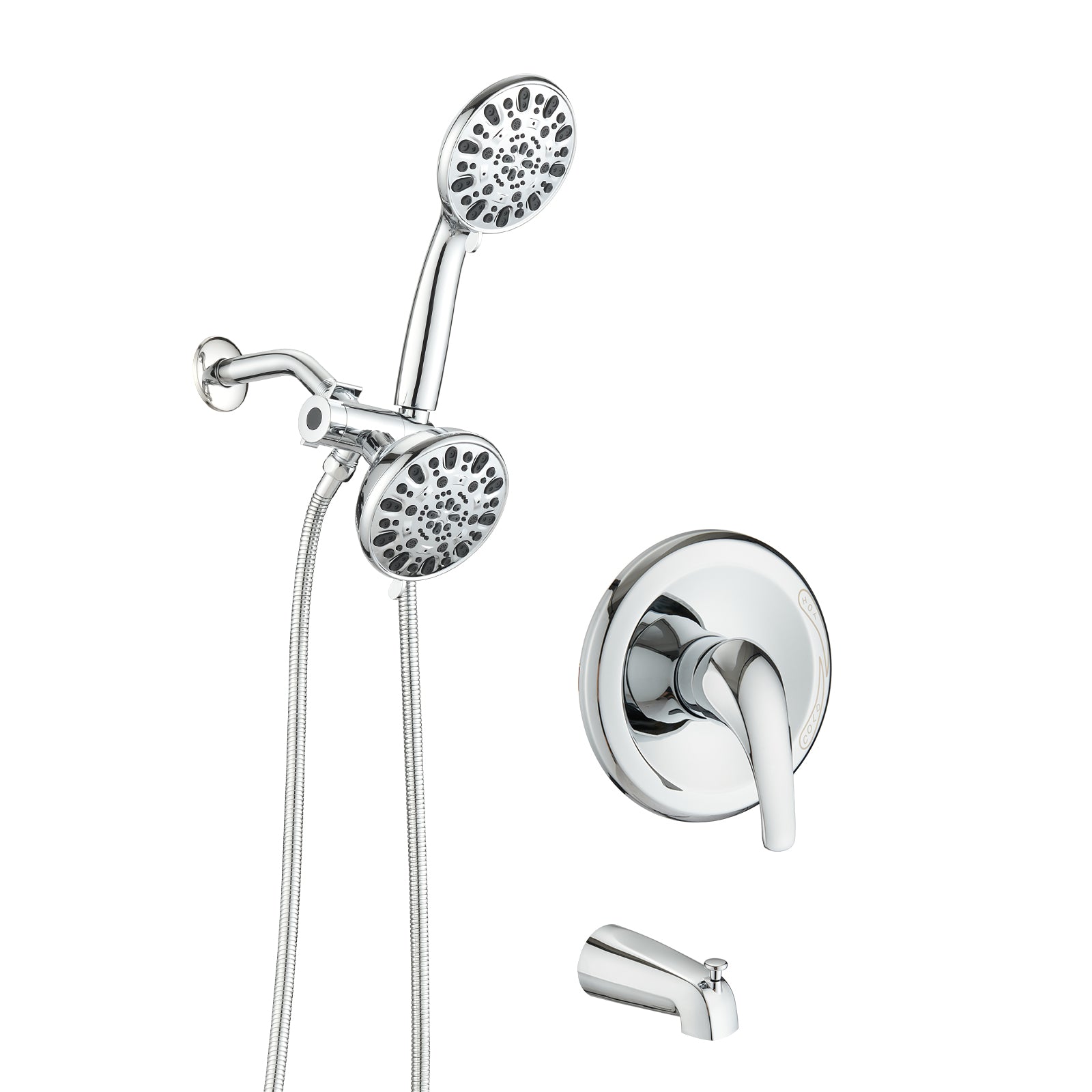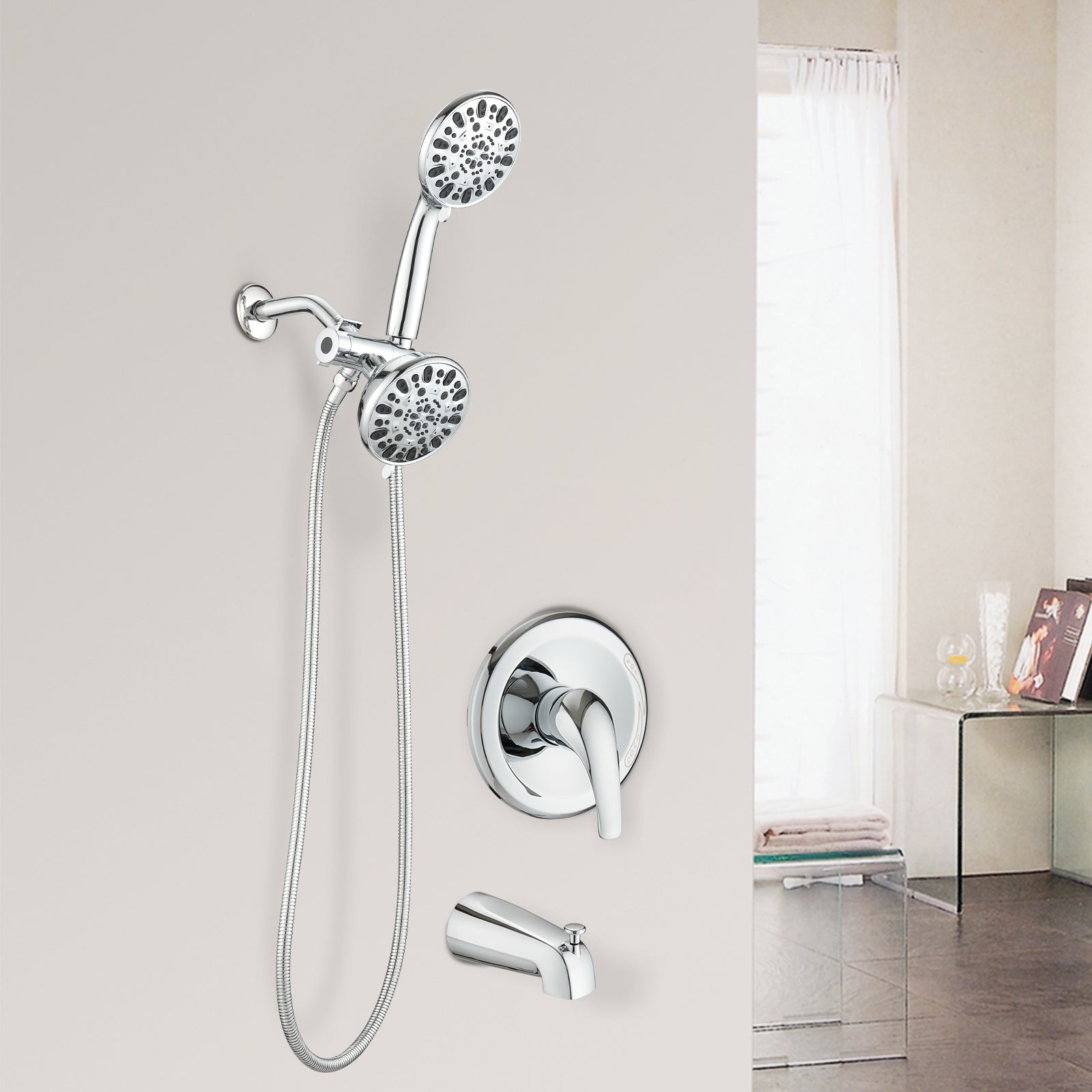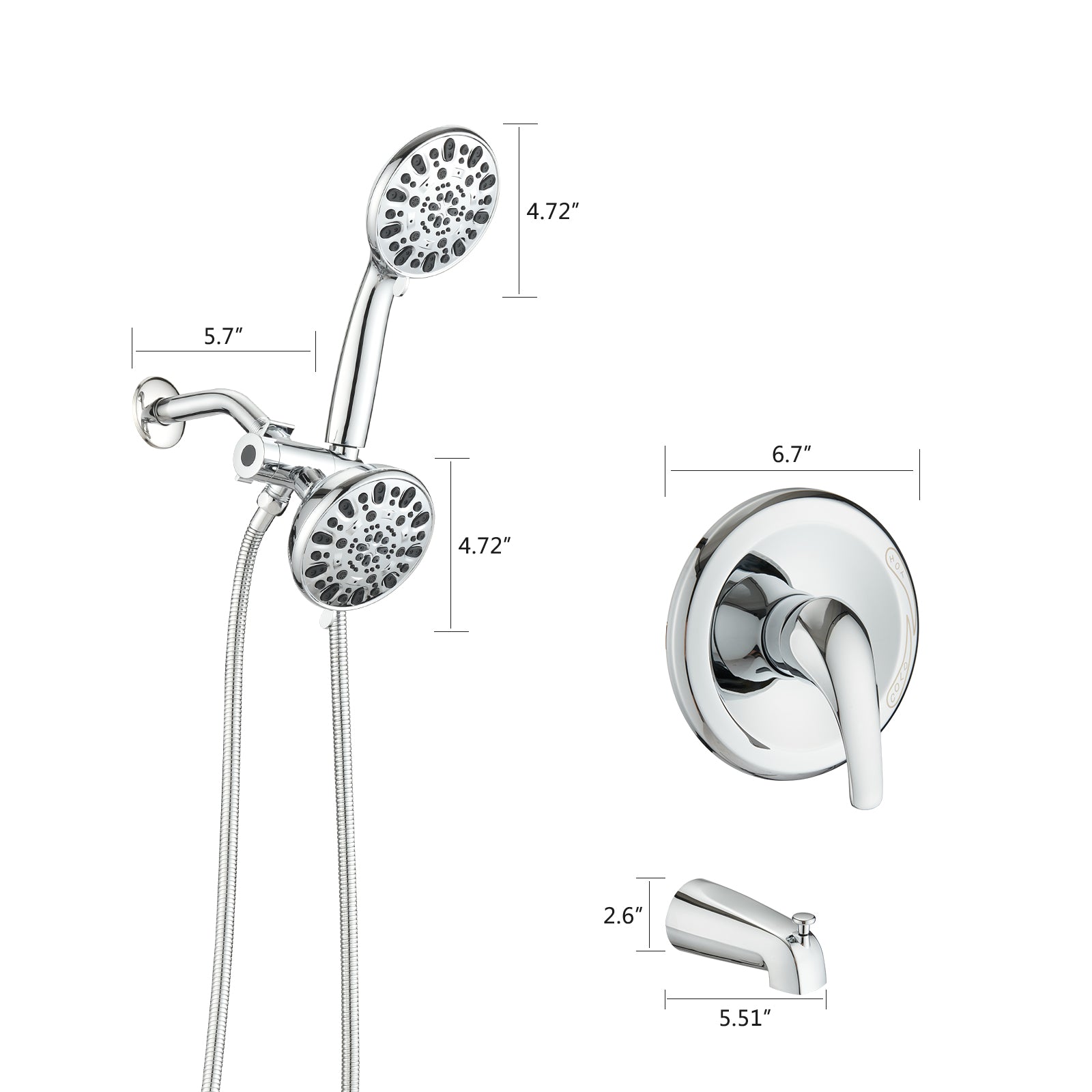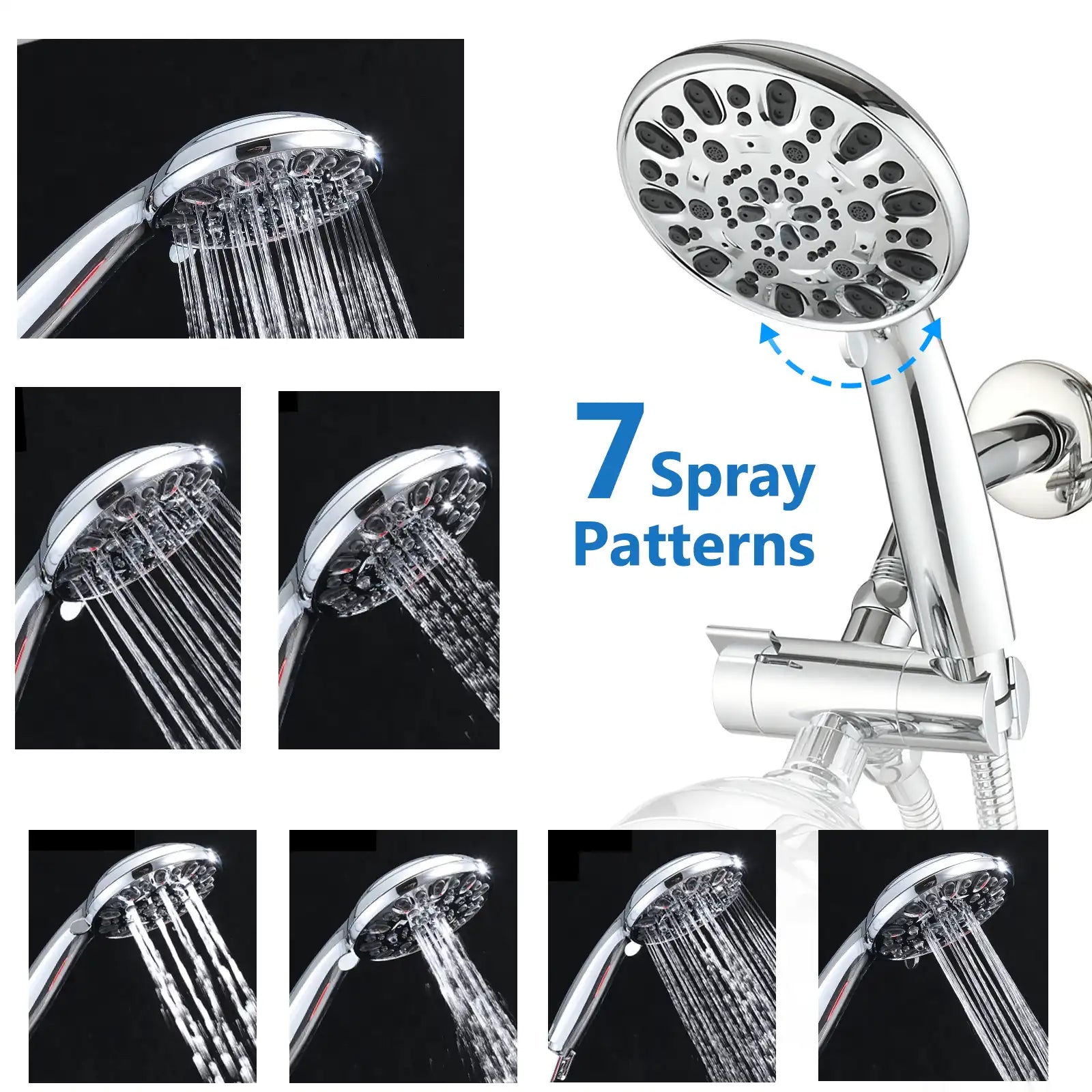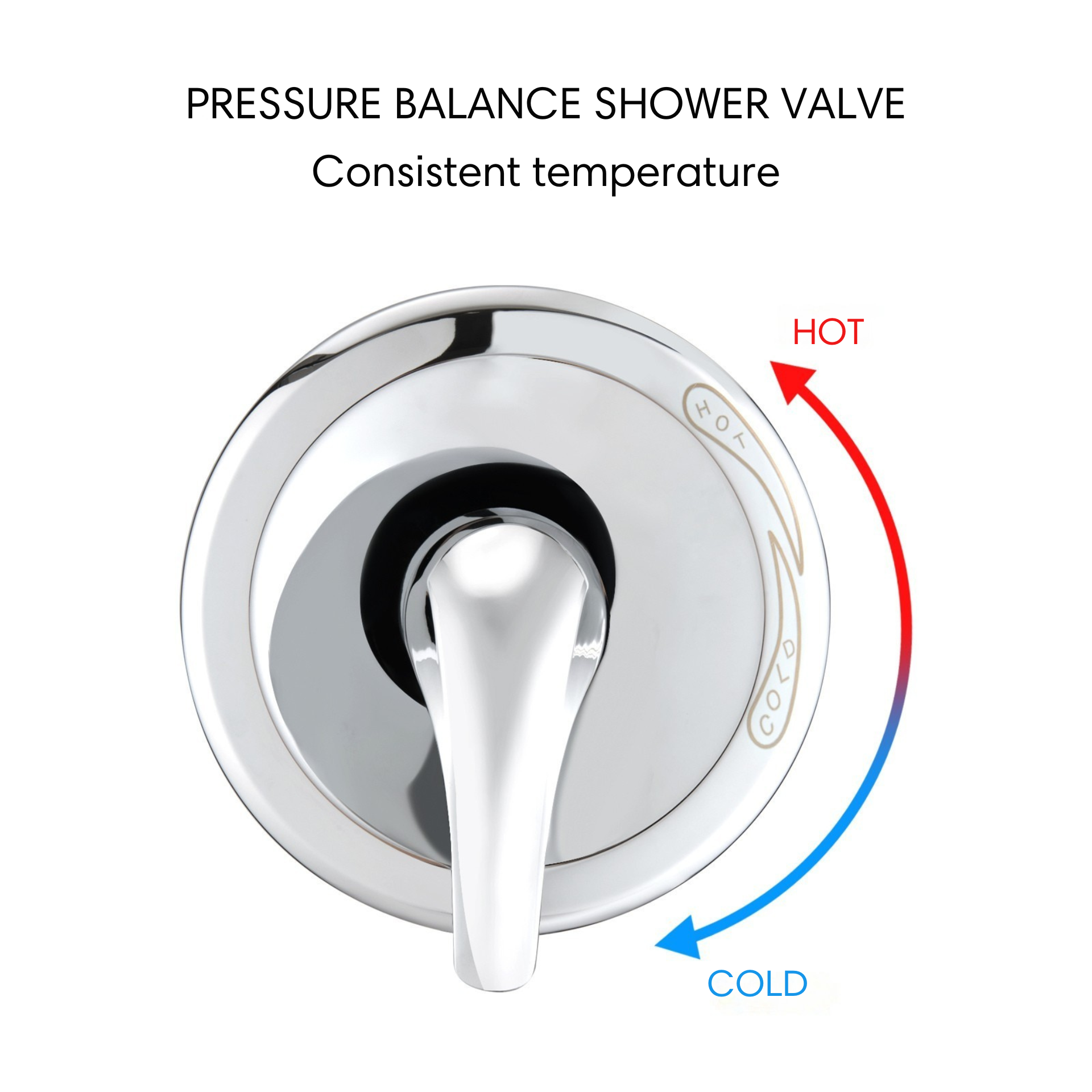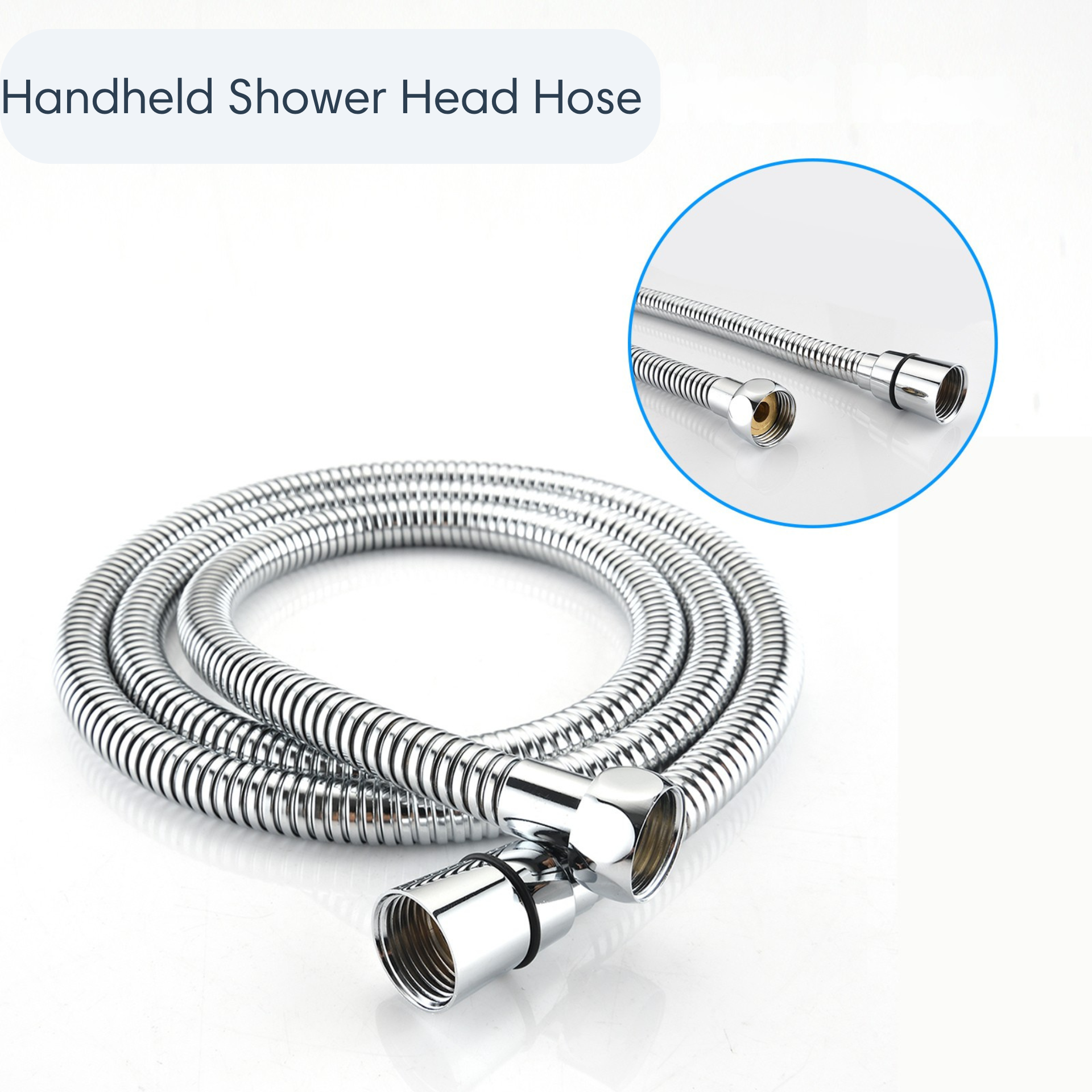Table of Contents:
- 1. Introduction: Say Goodbye to Sudden Temperature Changes
- 2. What Is a Pressure Balance Shower Valve and How Does It Work?
- 3. The Pros and Cons of Pressure Balance Shower Valves
- 4. Thermostatic Shower Valves: A Smarter Alternative
- 5. Pressure Balance vs. Thermostatic Valves: Which One Should You Choose?
- 6. Installation and Maintenance: What Homeowners Should Know
- 7. Conclusion
- 8. FAQ: Expert Answers to Common Questions
- 9. Related Articles
1. Introduction: Say Goodbye to Sudden Temperature Changes
If you have ever lived in an older home, you know the scenario: you are taking a hot shower and somebody flushes the toilet or turns on the kitchen tap and boom—the water turns ice-cold or boiling hot. This is not only inconvenient for families with children or elderly adults; it can be dangerous.
That’s where a pressure balance shower valve comes in. It helps to maintain regularity in water pressure during your shower against sudden upswings and downswings in water pressure. This guide will discuss the operation of pressure balance valves, their advantages and disadvantages, how they compare with thermostatic shower valves, as well as important considerations you should take into account before fitting one in your home.
2. What Is a Pressure Balance Shower Valve and How Does It Work?
A pressure balance shower valve is a mechanical device installed behind your shower wall that maintains a steady mix of hot and cold water, even when household water pressure fluctuates. Inside the valve is a balancing spool or piston that moves in response to changes in pressure. When the cold-water supply drops—say, someone turned on a washing machine, the valve automatically compensates by lowering hot-water flow to maintain an even-temperature output.
This system works purely by balancing pressure, not temperature. That means it doesn’t “measure” temperature directly but prevents sudden spikes that could cause scalding. While most valves allow you to adjust the overall mix of hot and cold water, they generally maintain a range within ±3°F once set.
It’s a simple yet clever piece of engineering, often built from brass or stainless steel for durability. Modern versions are designed to fit standard shower systems and can last many years with minimal maintenance.

3. The Pros and Cons of Pressure Balance Shower Valves
Like any fixture, the pressure balance shower valve has both strengths and limitations.
Advantages:
-
Safety First: It protects users—especially children and seniors—from sudden bursts of hot or cold water.
-
Affordable: The price usually ranges from $60 to $150, making it one of the most affordable upgrade available when it comes to bathroom comfort.
-
Low Maintenance: With fewer moving parts than digital or thermostatic systems, it’s easy to maintain and replace.
-
Compatibility: Fits easily with typical plumbing setups, meaning it is great for remodels and older homes.
Limitations:
-
Temperature Precision: It balances pressure, not temperature. You can’t “set” an exact degree value, so fine-tuning may require some manual adjustment.
-
Sensitive to Supply Changes: If your household experiences extreme fluctuations in water temperature or flow, a pressure balance valve might not completely eliminate variation.
Despite these trade-offs, this type of valve still finds its way into most North American homes as undoubtedly the most reliable and economical solution for safer, more comfortable showers.
4. Thermostatic Shower Valves: A Smarter Alternative
While pressure balance valves focus on stability through pressure control, thermostatic shower valves take precision to the next level. Unlike pressure reaction valves, a thermostatic valve contains a built-in temperature sensor (usually wax or bi-metal) to deliver the precise water temperature you set.
After installation, you will be able to preset a target temperature like 100°F (38°C) and the valve will automatically blend hot and cold water to hold that temperature even when other fixtures in the home are being used at the same time.
Benefits:
-
Precision: Keeps water temperature stable within ±1°F.
-
Comfort: Ideal for homes with multiple users who like to maintain different temperatures.
-
Energy Efficiency: Reduces water waste by reaching the desired temperature faster.
These thermostatic valves are more expensive (between $150-$400 typically) and may be more difficult to install. They are commonly seen in luxury bathrooms or homes where temperature precision is key.

5. Pressure Balance vs. Thermostatic Valves: Which One Should You Choose?
Choosing between a pressure balance shower valve and a thermostatic one depends on your priorities.
| Feature | Pressure Balance Valve | Thermostatic Valve |
|---|---|---|
| Control Method | Balances hot/cold pressure | Adjusts based on temperature sensor |
| Temperature Accuracy | ±3°F | ±1°F |
| Cost Range | $60–$150 | $150–$400 |
| Best For | Standard homes, safety, budget-conscious upgrades | High-end bathrooms, custom showers |
| Maintenance | Low | Moderate |
| Ease of Installation | Simple | More complex |
For those who are remodeling an older home, or just need a low-cost alternative, the pressure balance shower valve is almost always the way to go. It offers dependable performance without complicated parts or programming.
On the other hand, if you’re building a luxury bathroom or using multiple shower outlets (such as a rainfall shower and handheld sprayer), a thermostatic valve may deliver the precision and comfort you’re after.
Both technologies enhance your shower safety, but they cater to slightly different needs.
6. Installation and Maintenance: What Homeowners Should Know
Although installing a new pressure balance shower valve is not as daunting as it seems, it still requires some basic plumbing skills. Here are your options, at a glance:
DIY Installation:
If you’re comfortable working with copper or PEX piping, you can replace your old valve yourself. The general steps include:
-
Turning off the water supply.
-
Taking out the trim from the shower and the old valve.
-
Soldering or connecting the new valve body to the existing pipes.
-
Reinstalling trim and testing for leaks.
A DIY installation may take a couple hours and will usually not cost you more than $100 in materials. But, if your pipes are old or rusted, definitely contact a professional.
Professional Installation:
The cost of labor to hire a licensed plumber typically ranges from $150 to $300, depending on the complexity and local rates. While that’s an added expense, it ensures proper alignment, leak testing, and compliance with building codes.
Maintenance Tips:
-
Flush the valve every few months to remove mineral buildup.
-
Replace the cartridge or balancing spool if you notice temperature inconsistencies.
-
Check for leaks around fittings and trim periodically.
With minimal care, a quality valve can last 10–15 years or more.
7. Conclusion
A pressure balance shower valve is one of those hidden but essential components that dramatically improve your daily comfort and safety. It adjusts automatically to changes in water pressure, which means you will still get a great shower—even if someone else turns on a tap somewhere else in the house.
While thermostatic valves offer more precision, the pressure balance option remains a practical, affordable choice for most homeowners. Whether you’re updating an old bathroom or building a new one, choosing the right valve ensures your showers stay steady, safe, and satisfying for years to come.
8. FAQ: Expert Answers to Common Questions
Q1. What’s the difference between a pressure balance and thermostatic shower valve?
Q2. Can I replace my old shower valve with a pressure balance model myself?
Q3. How long does a pressure balance shower valve last?
Q4. Why does my shower temperature still fluctuate after installing one?
Q5. Is a thermostatic valve worth the higher cost?
9. Related Articles
Types of Bathtub Faucet Handles: A Complete Guide for Modern Bathrooms
Shower Head Height Guide: Standard Measurements & Best Practices
No Plumber, No Problem! How to Replace a Two-Handle Bathtub Faucet on Your Own
